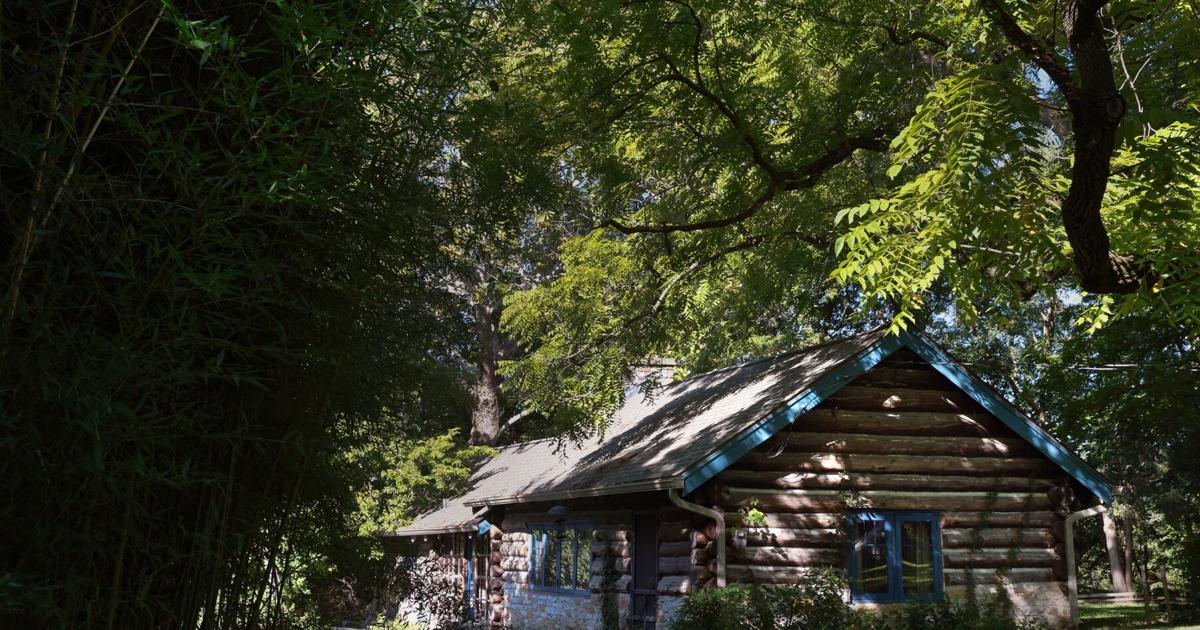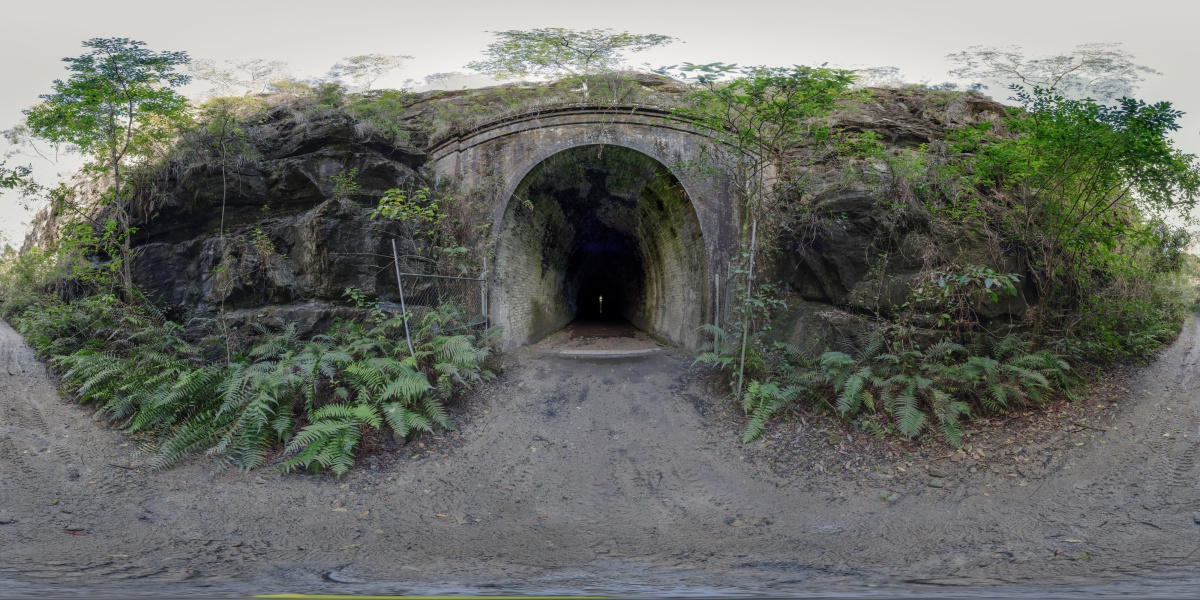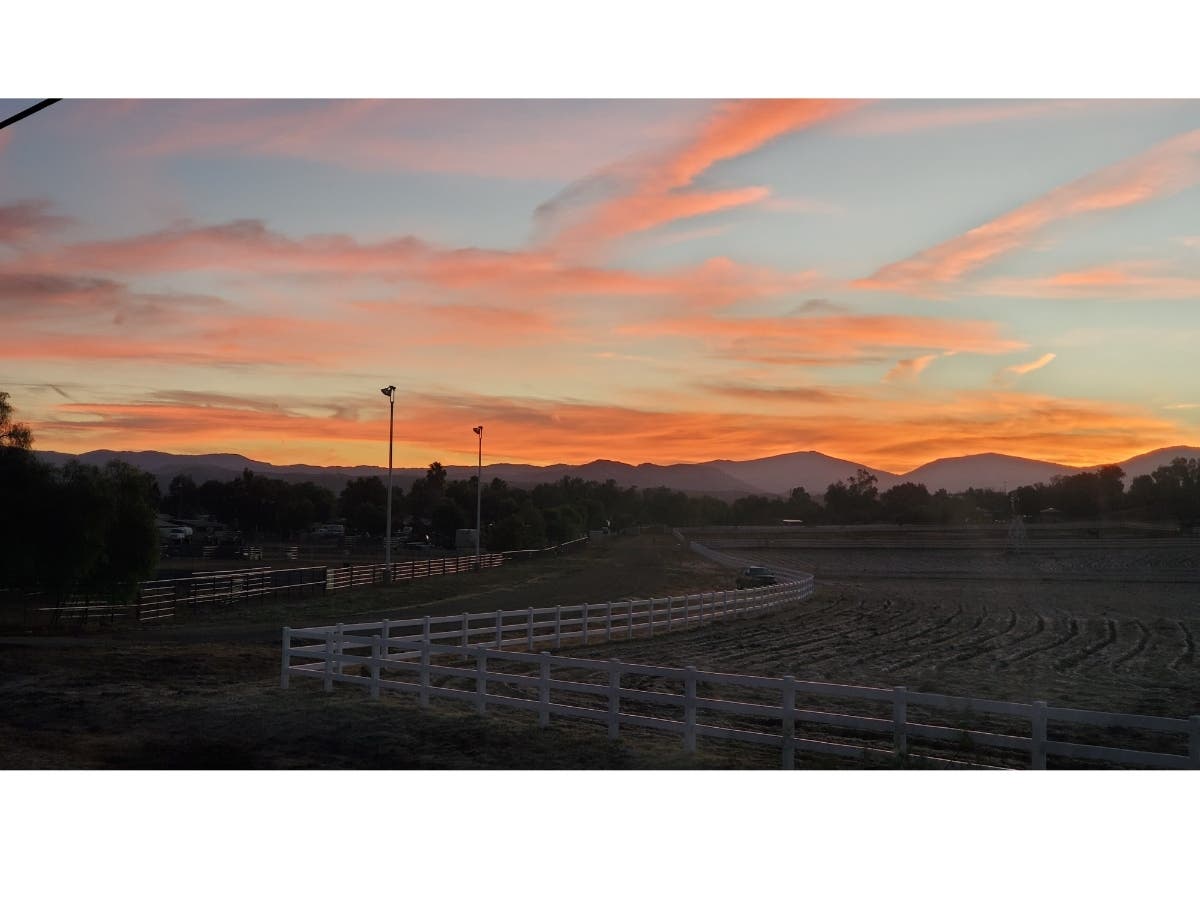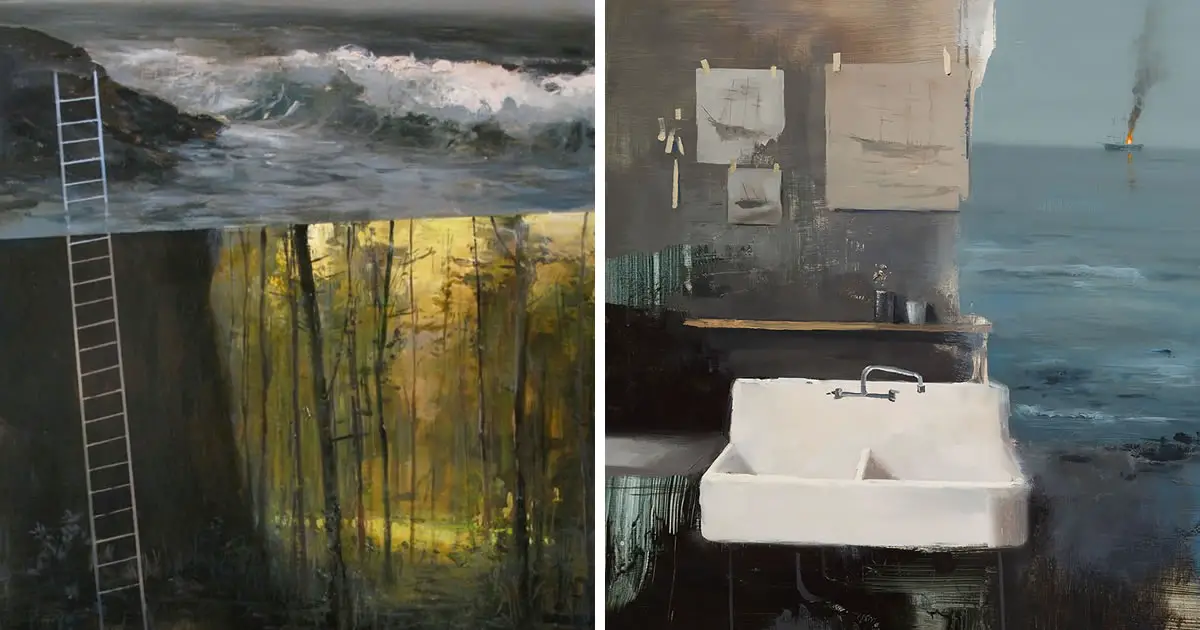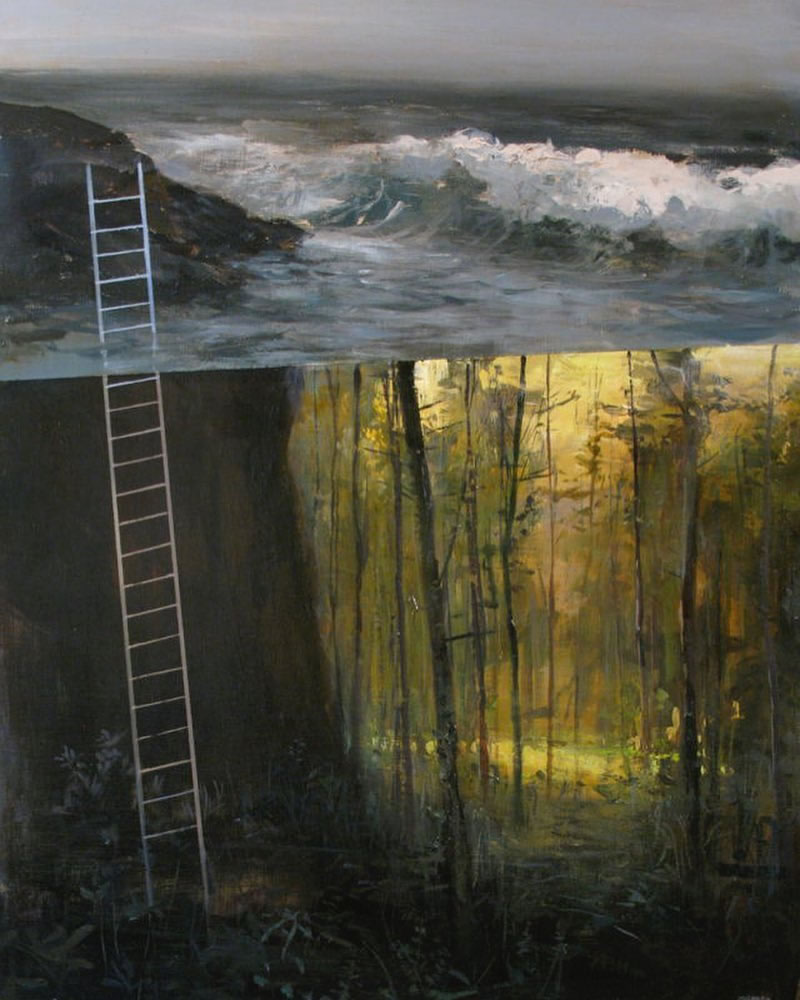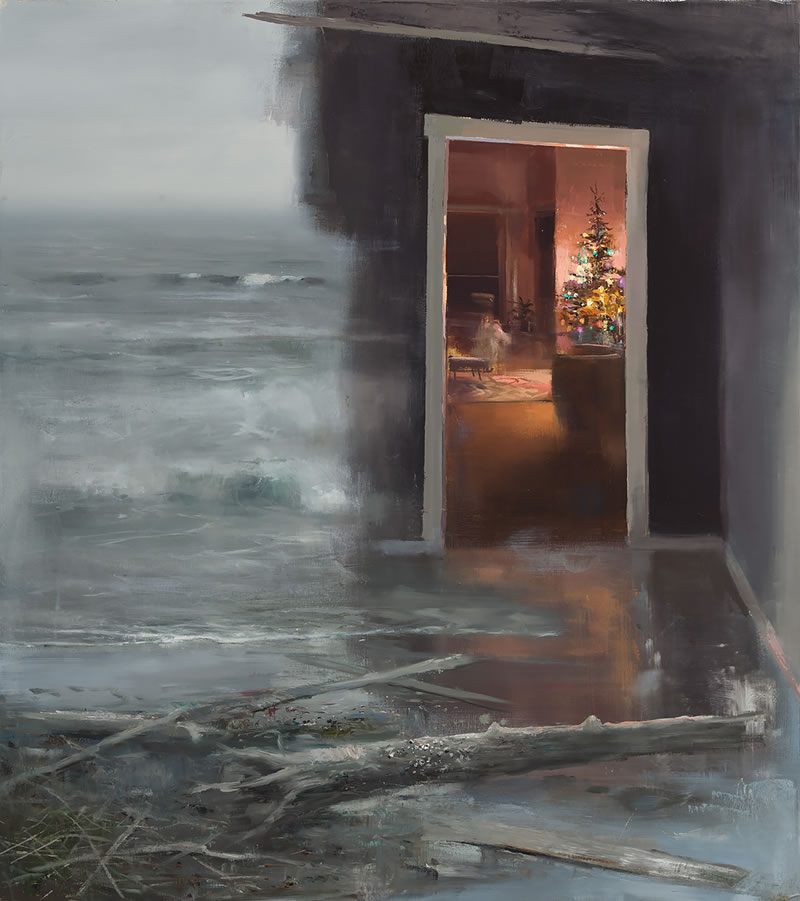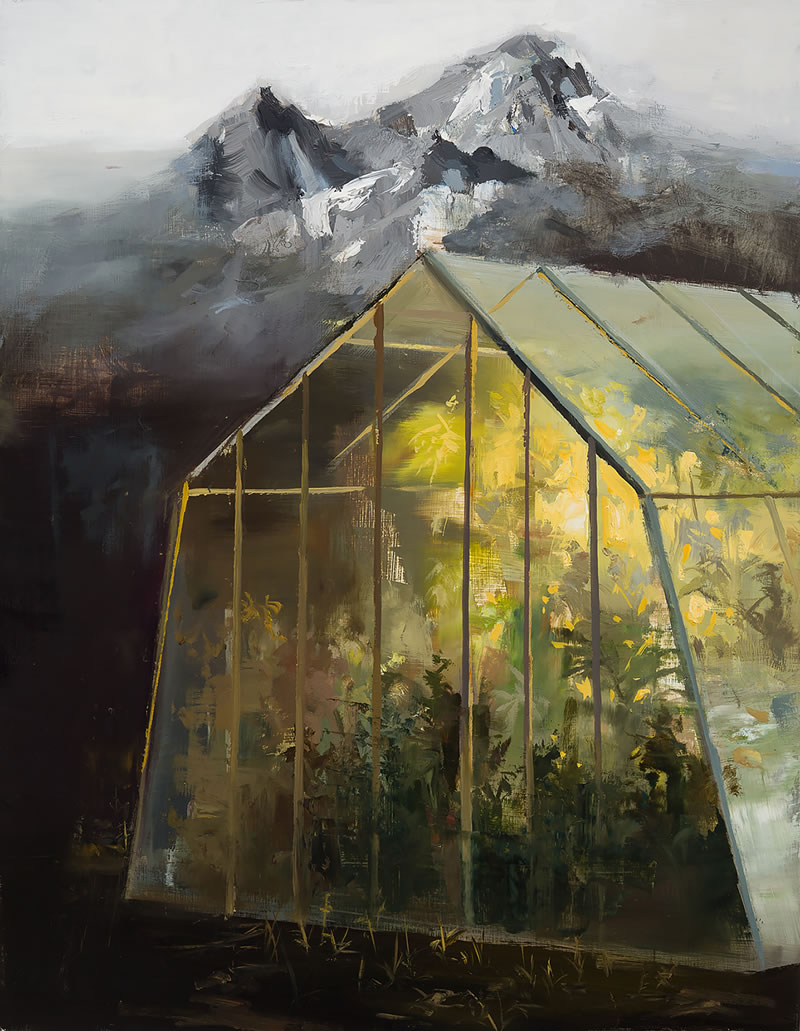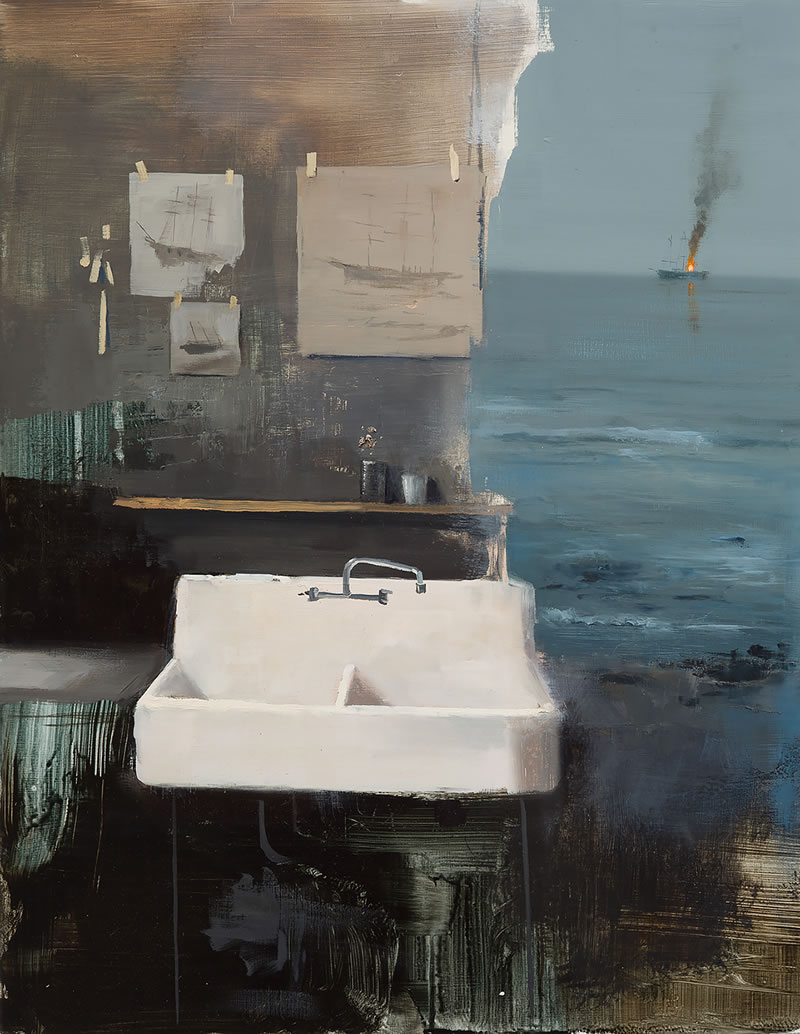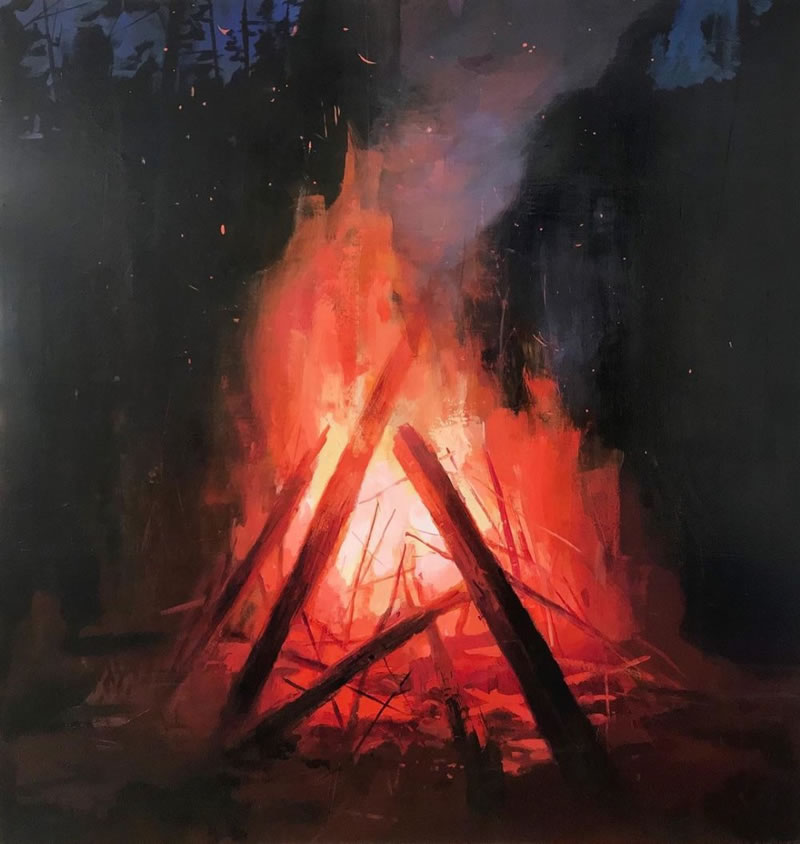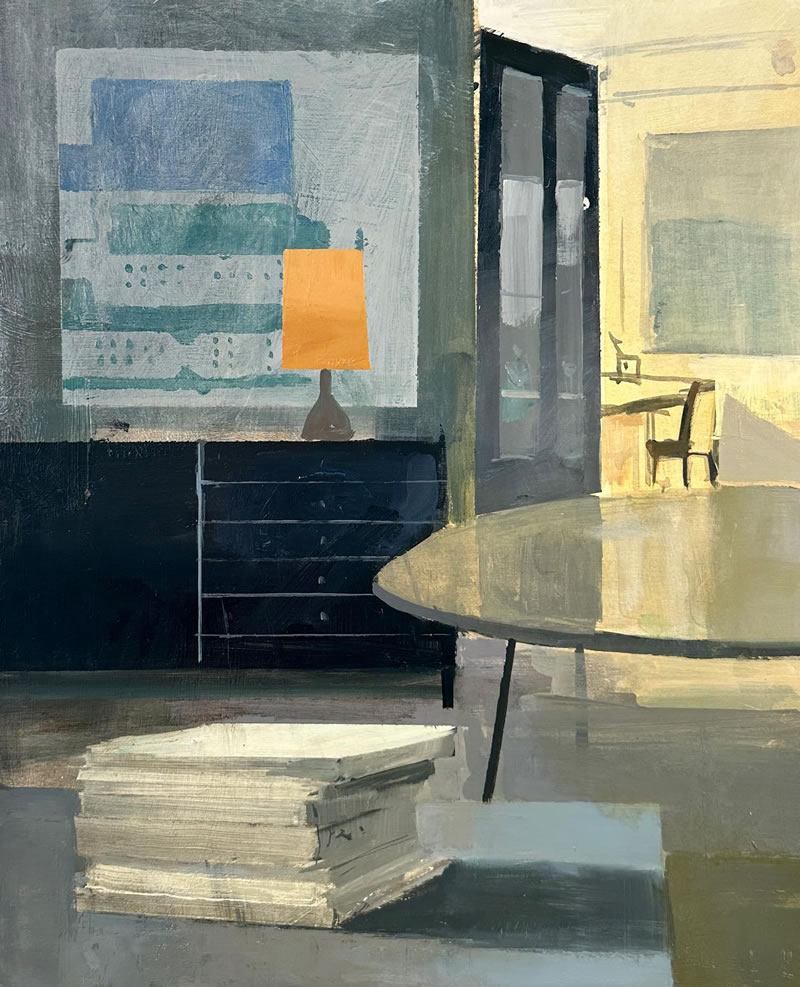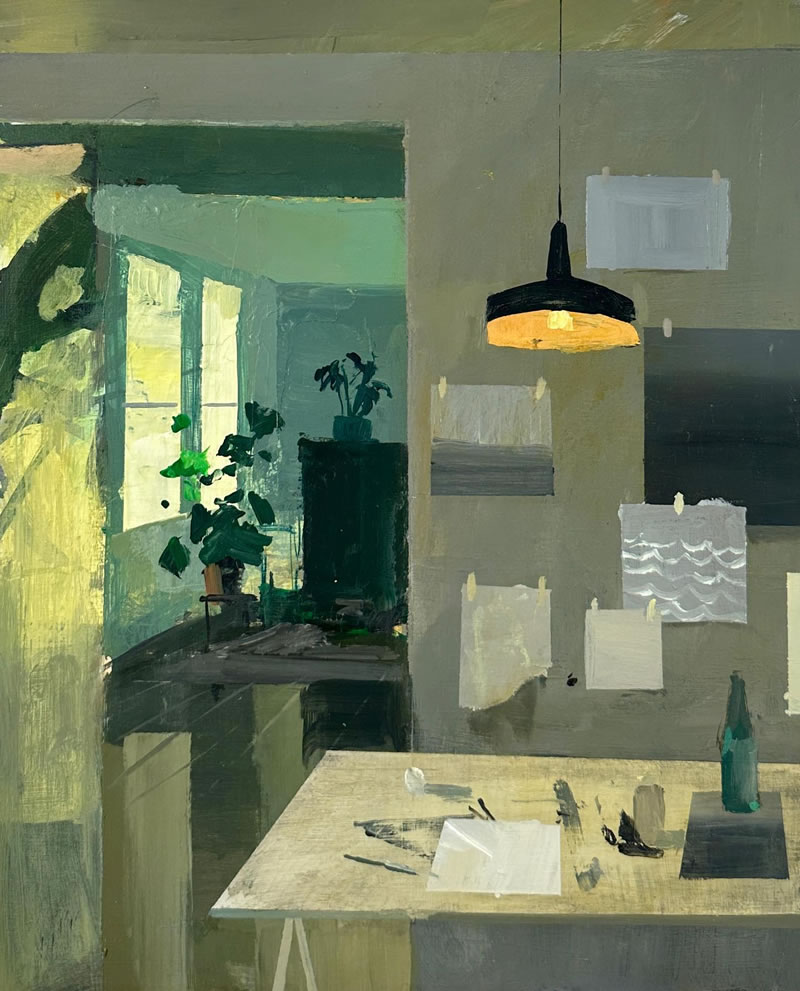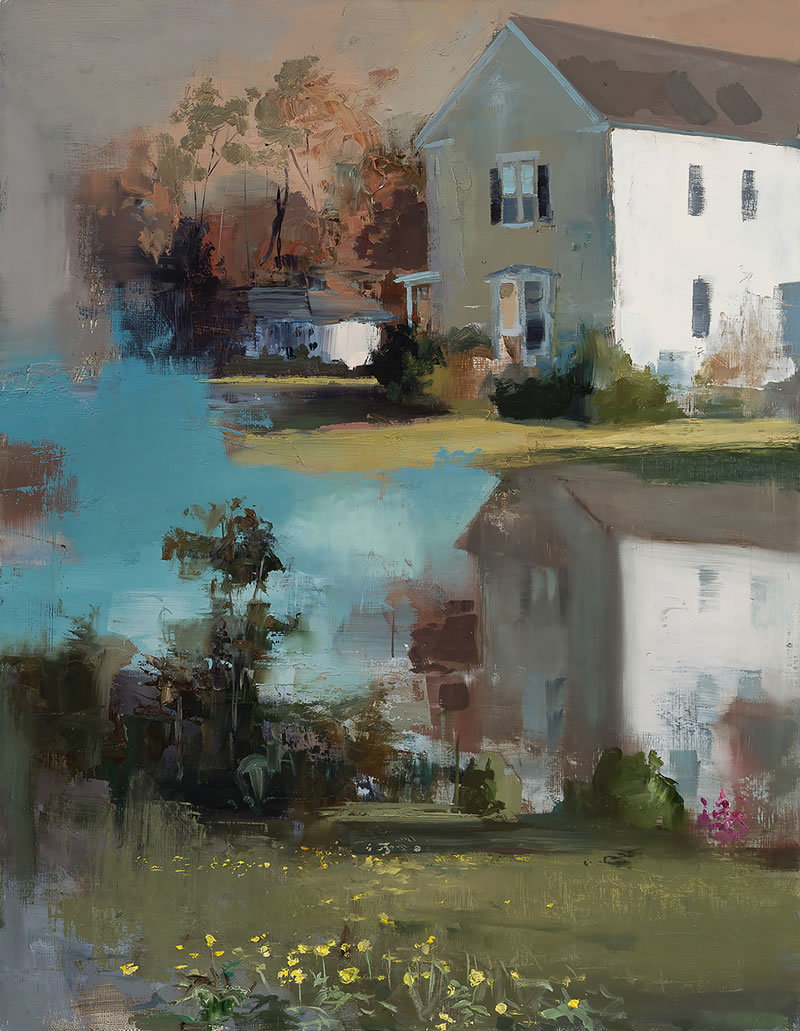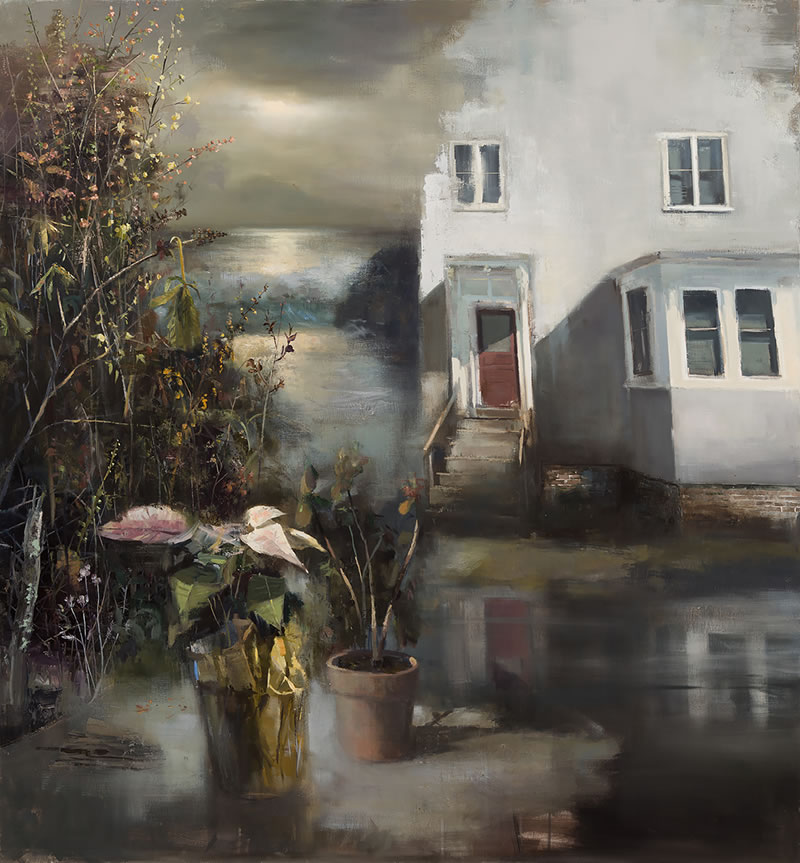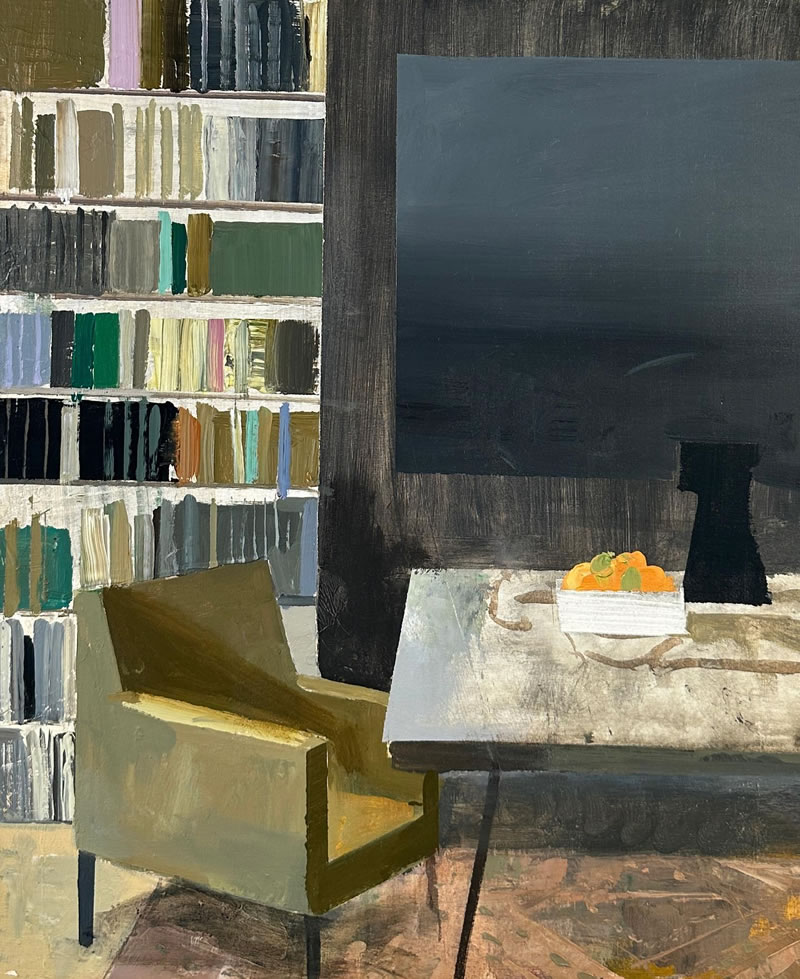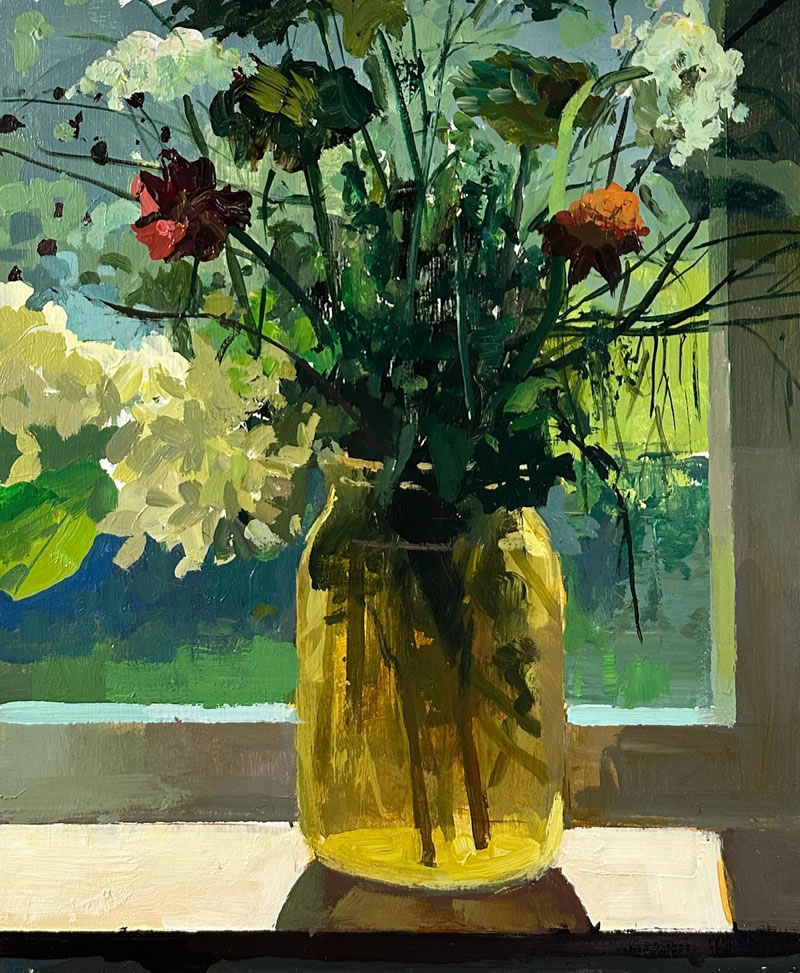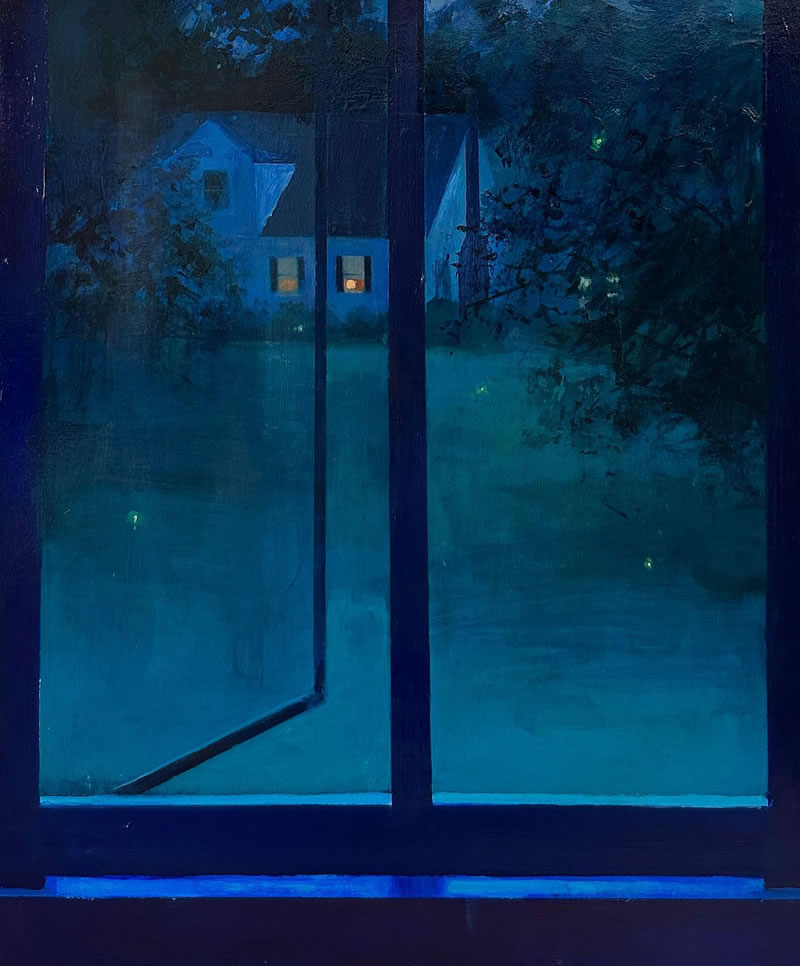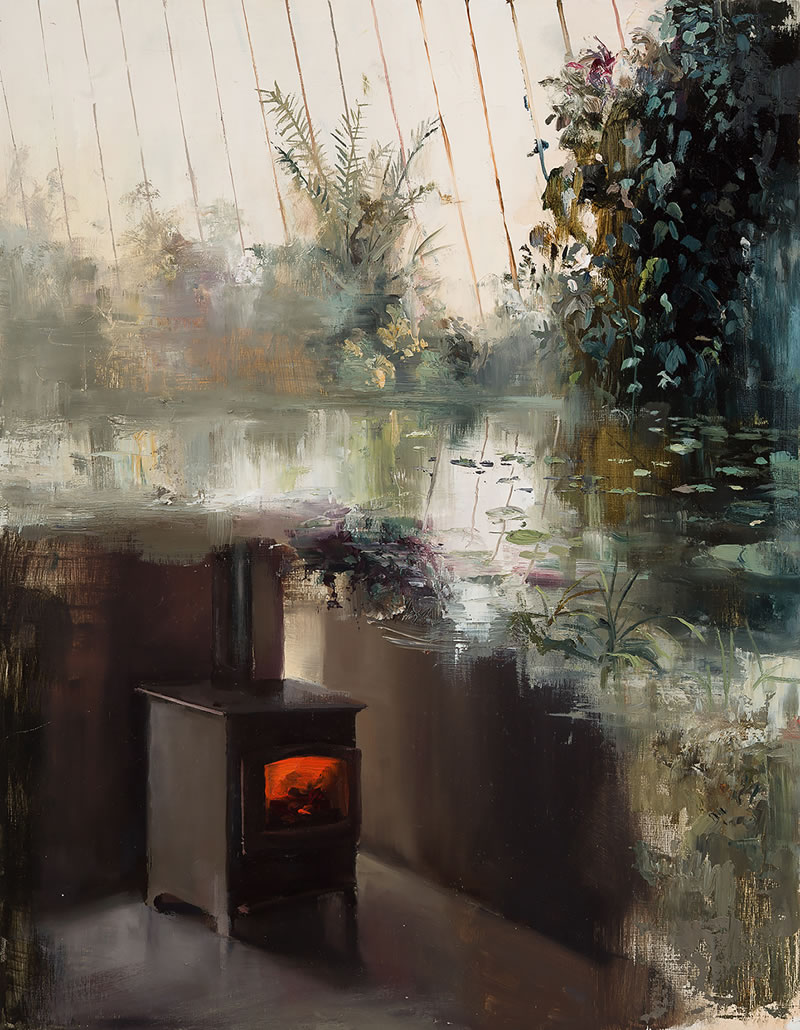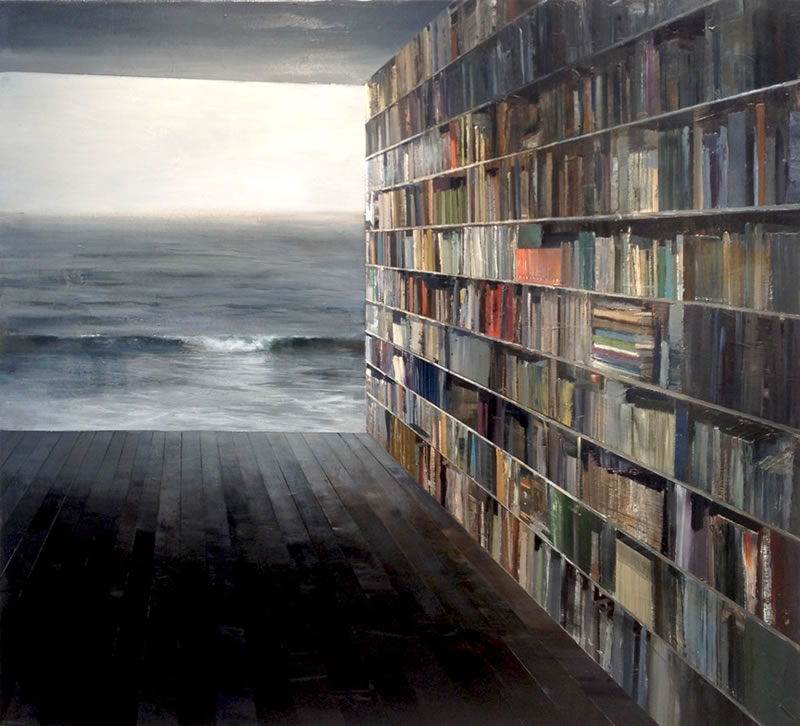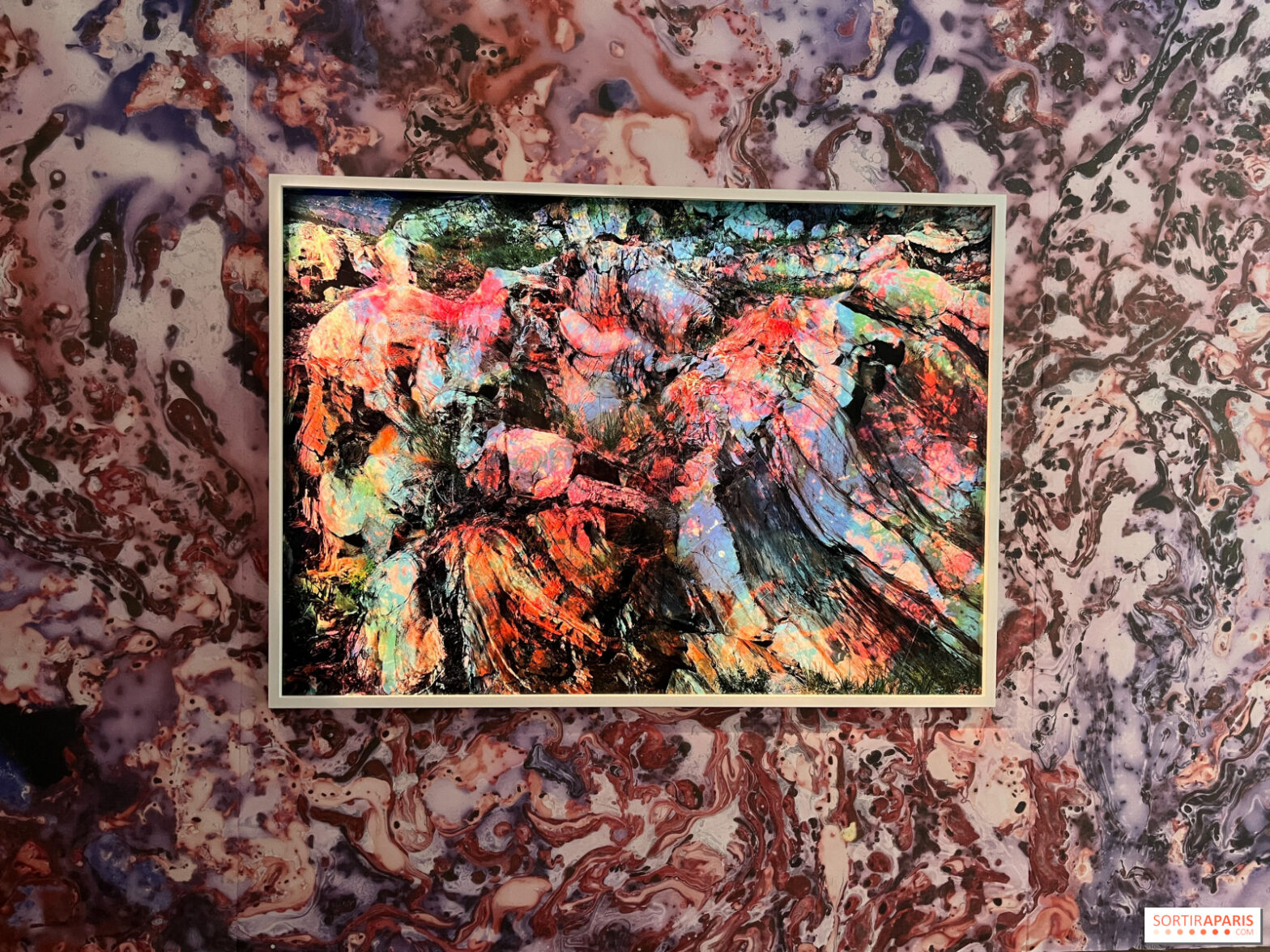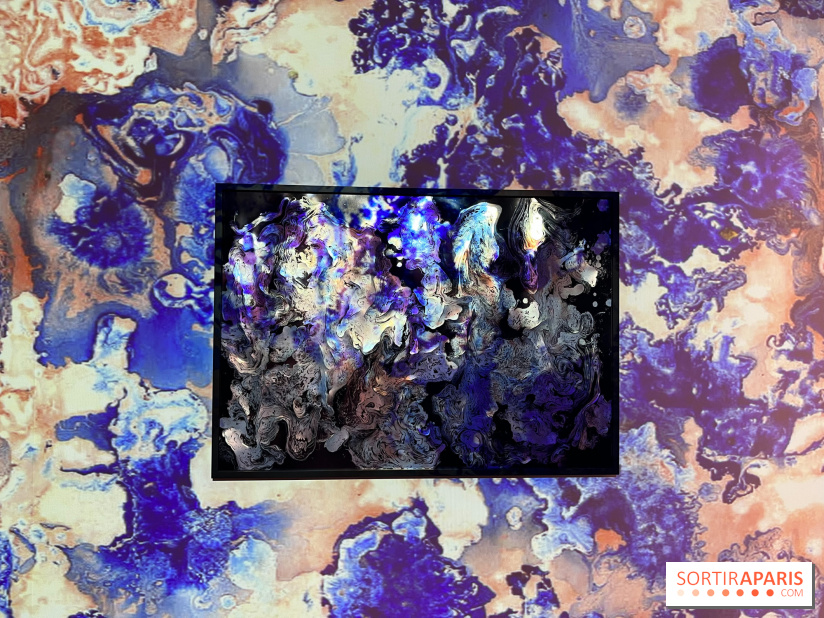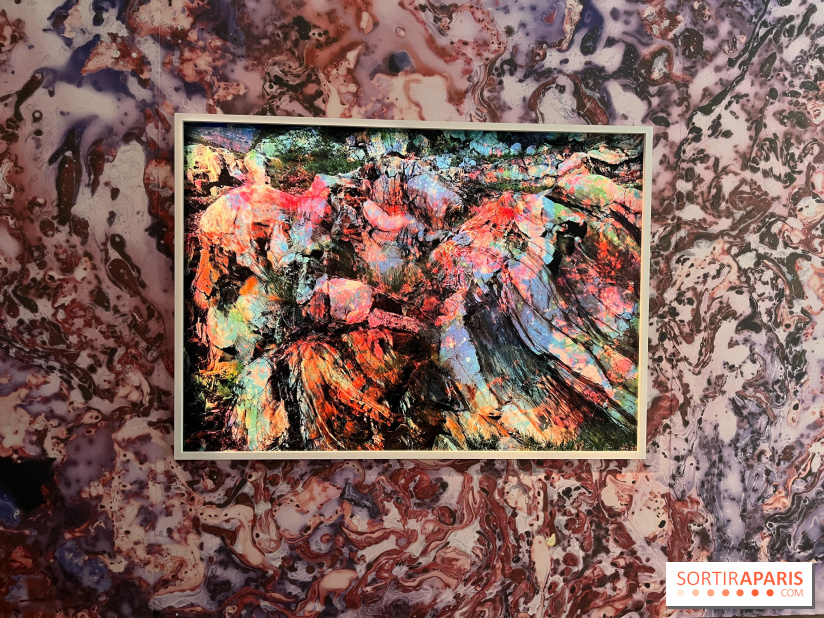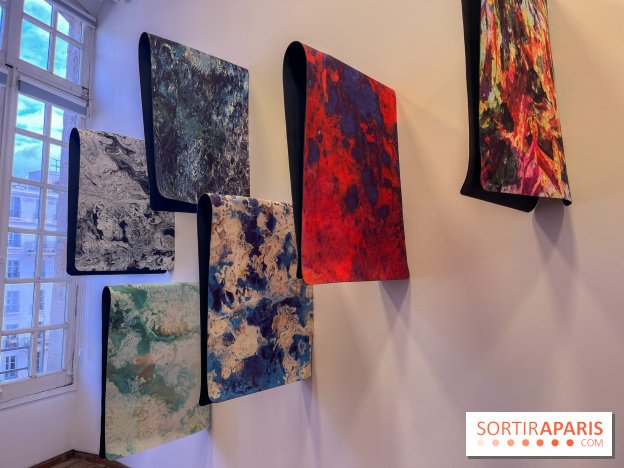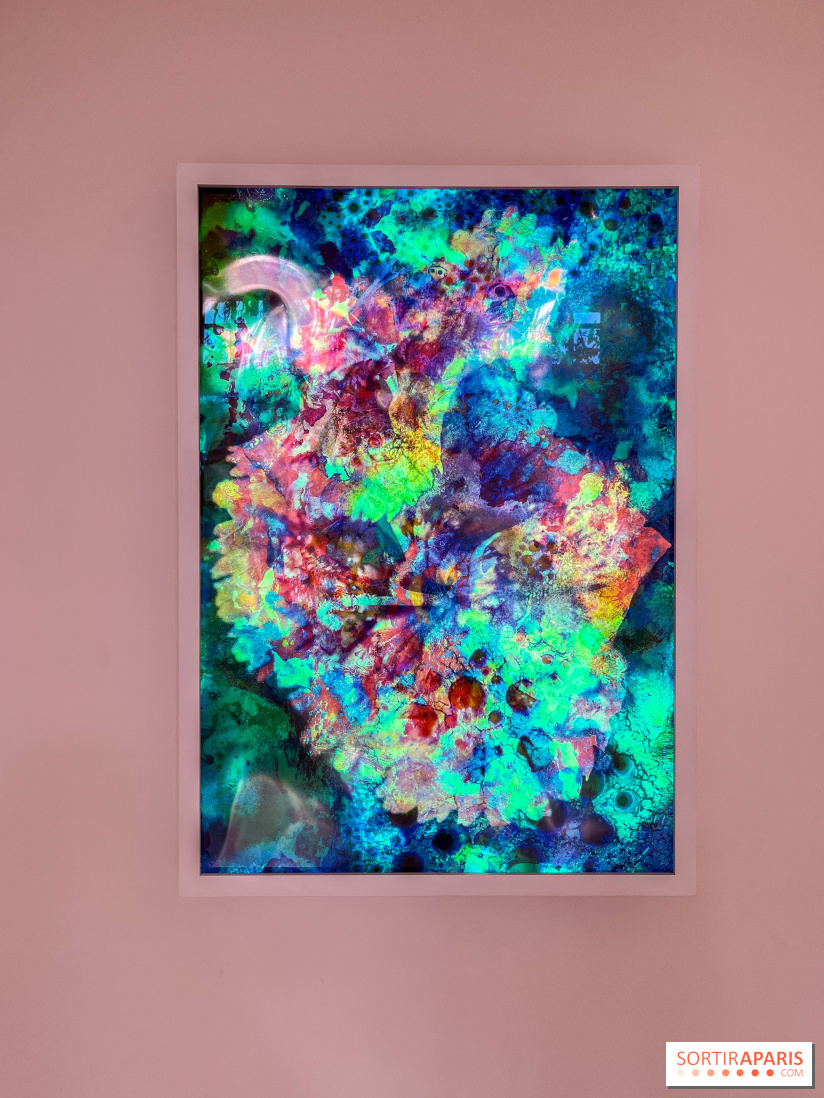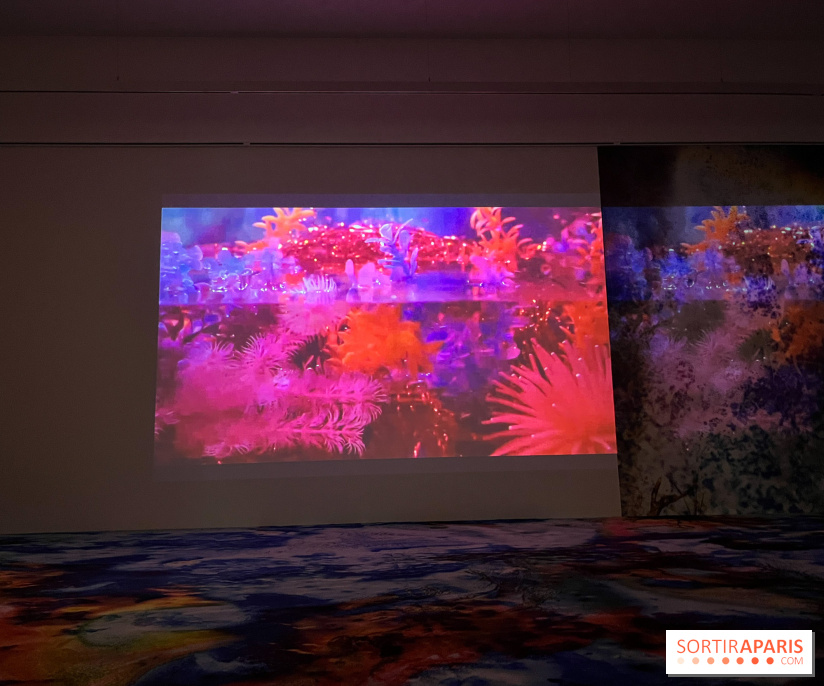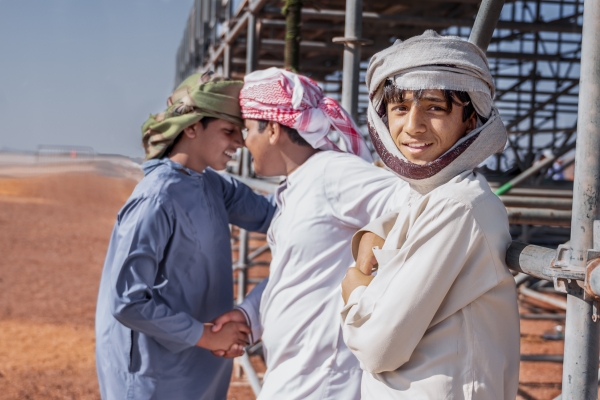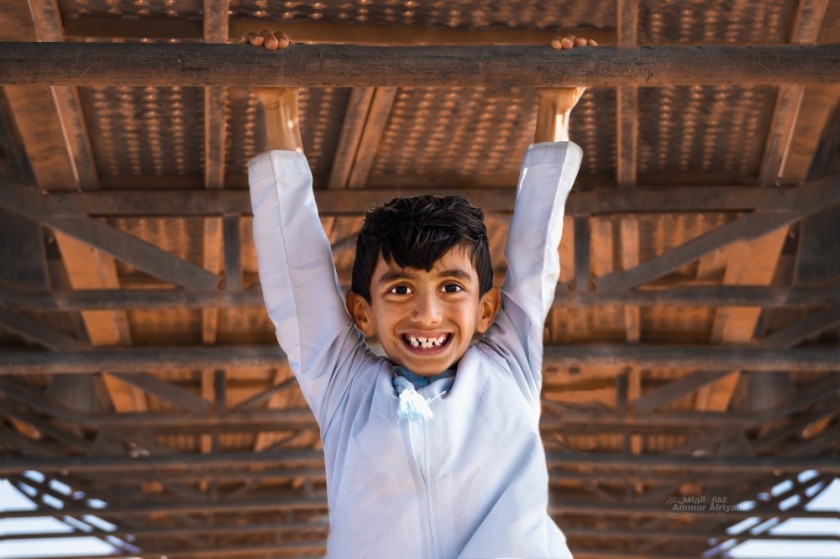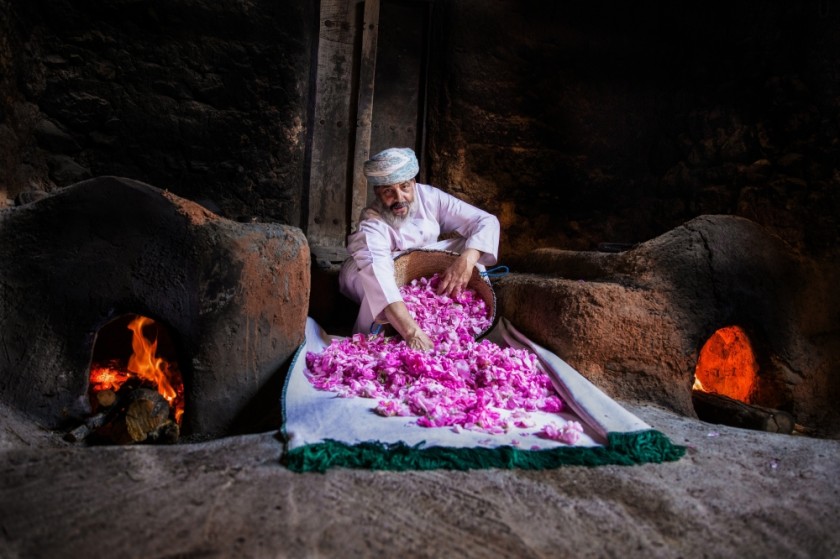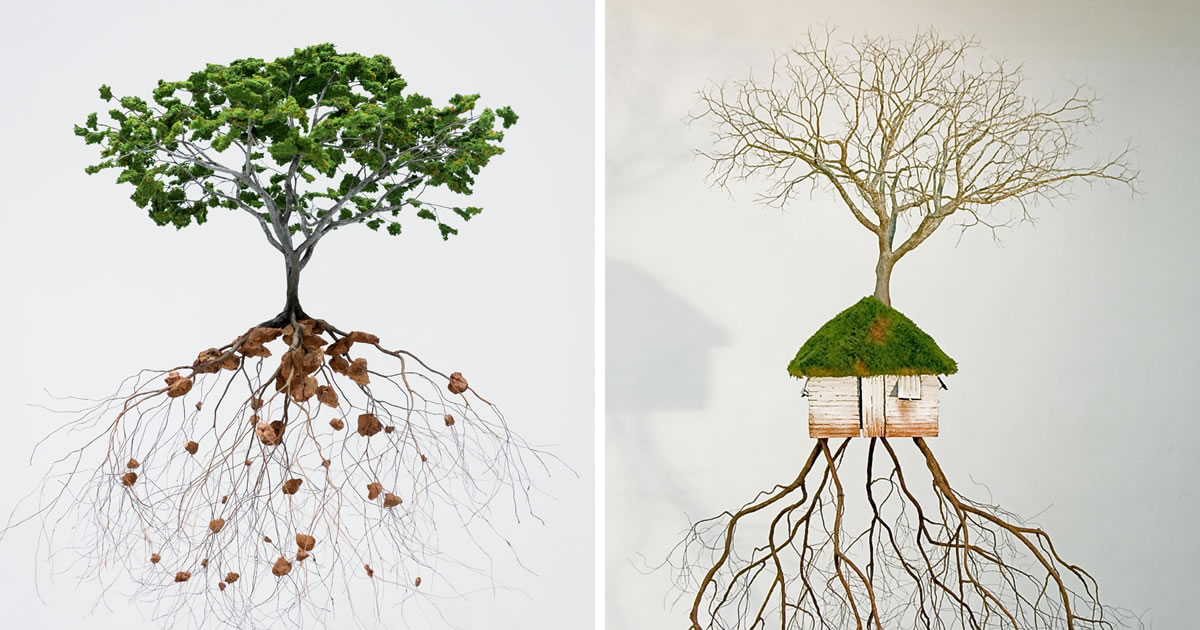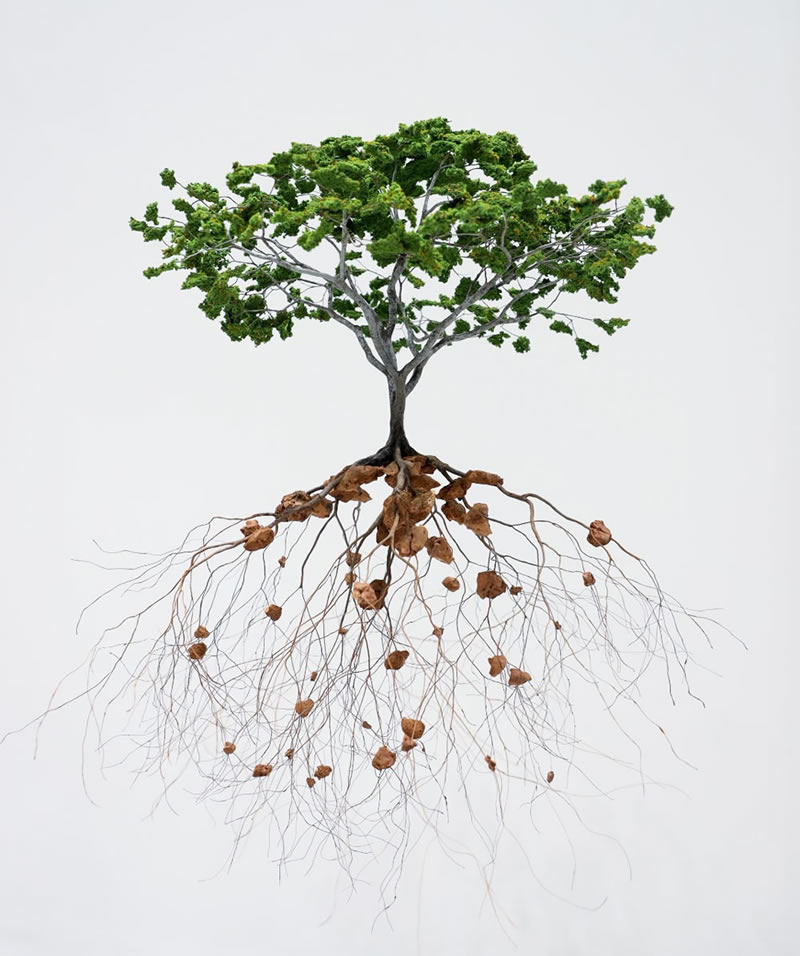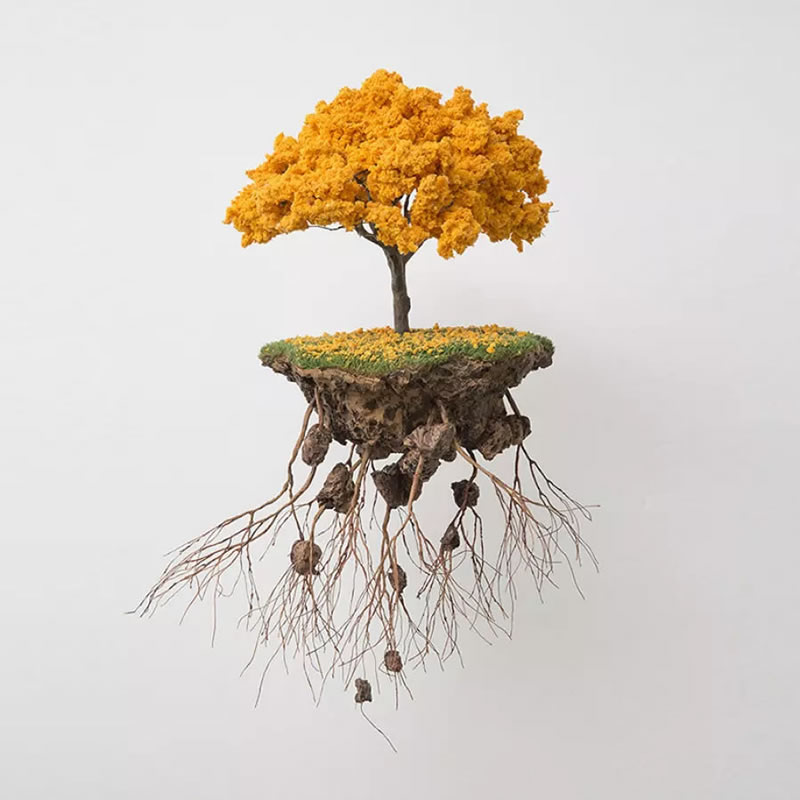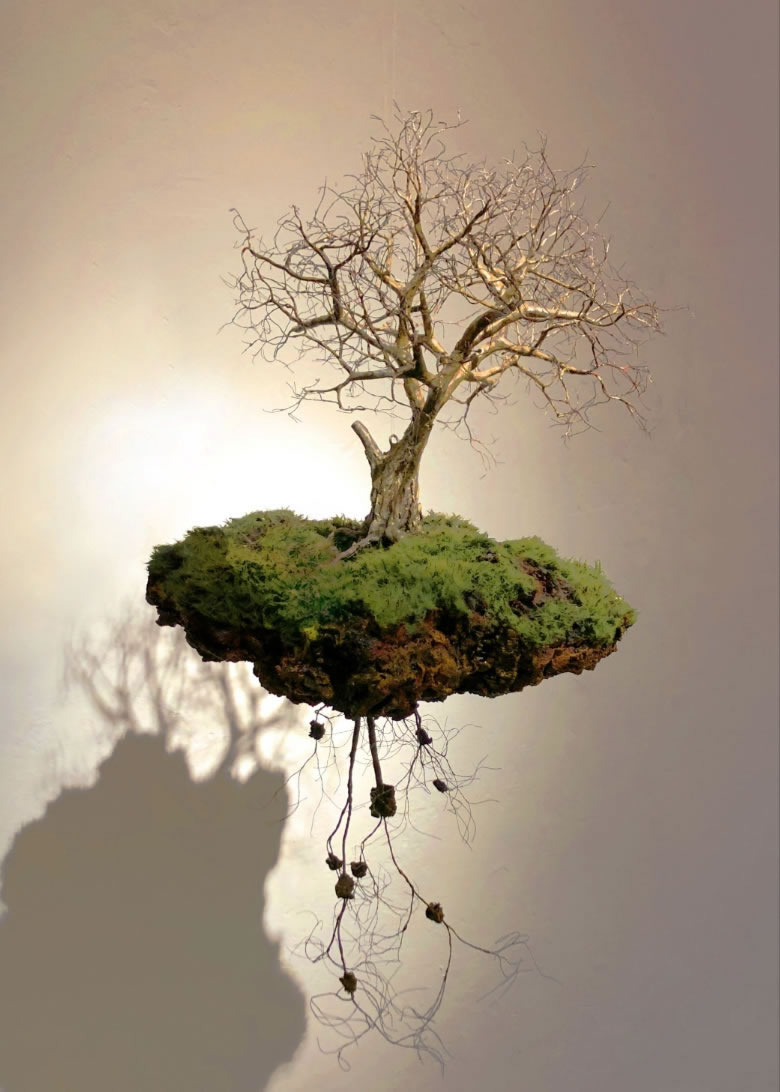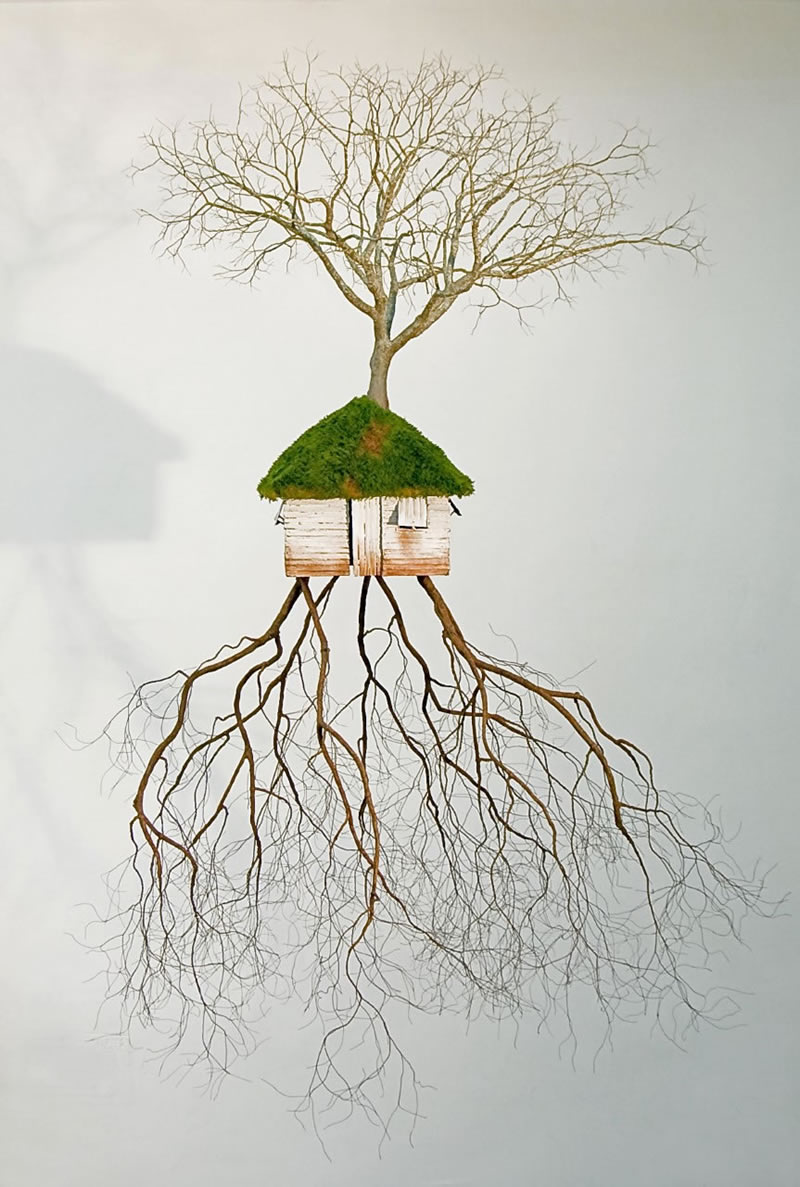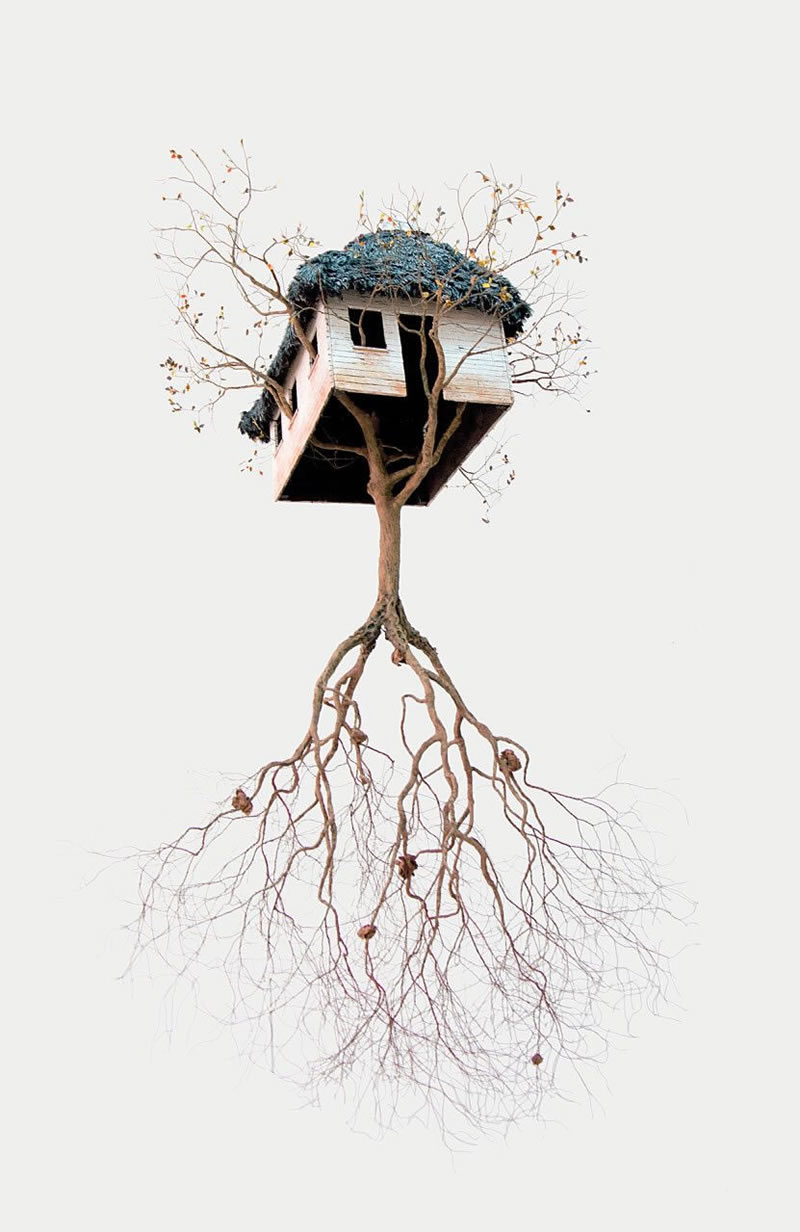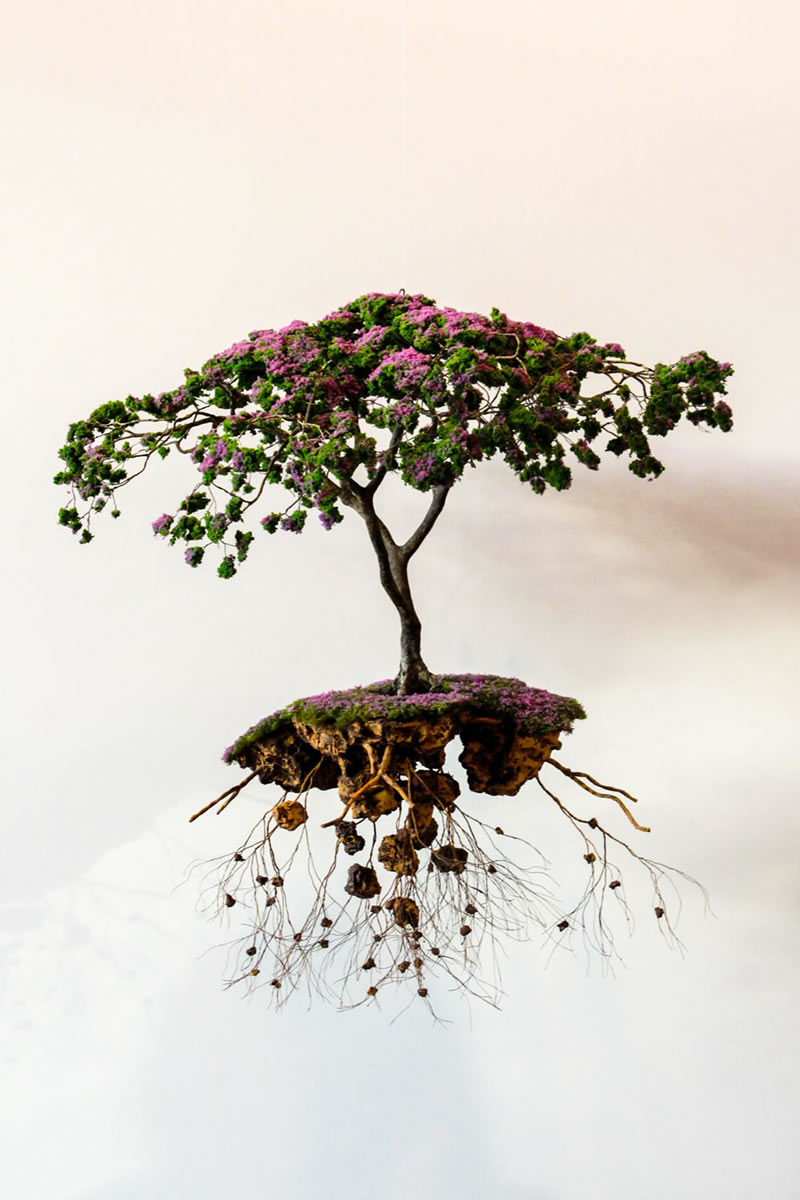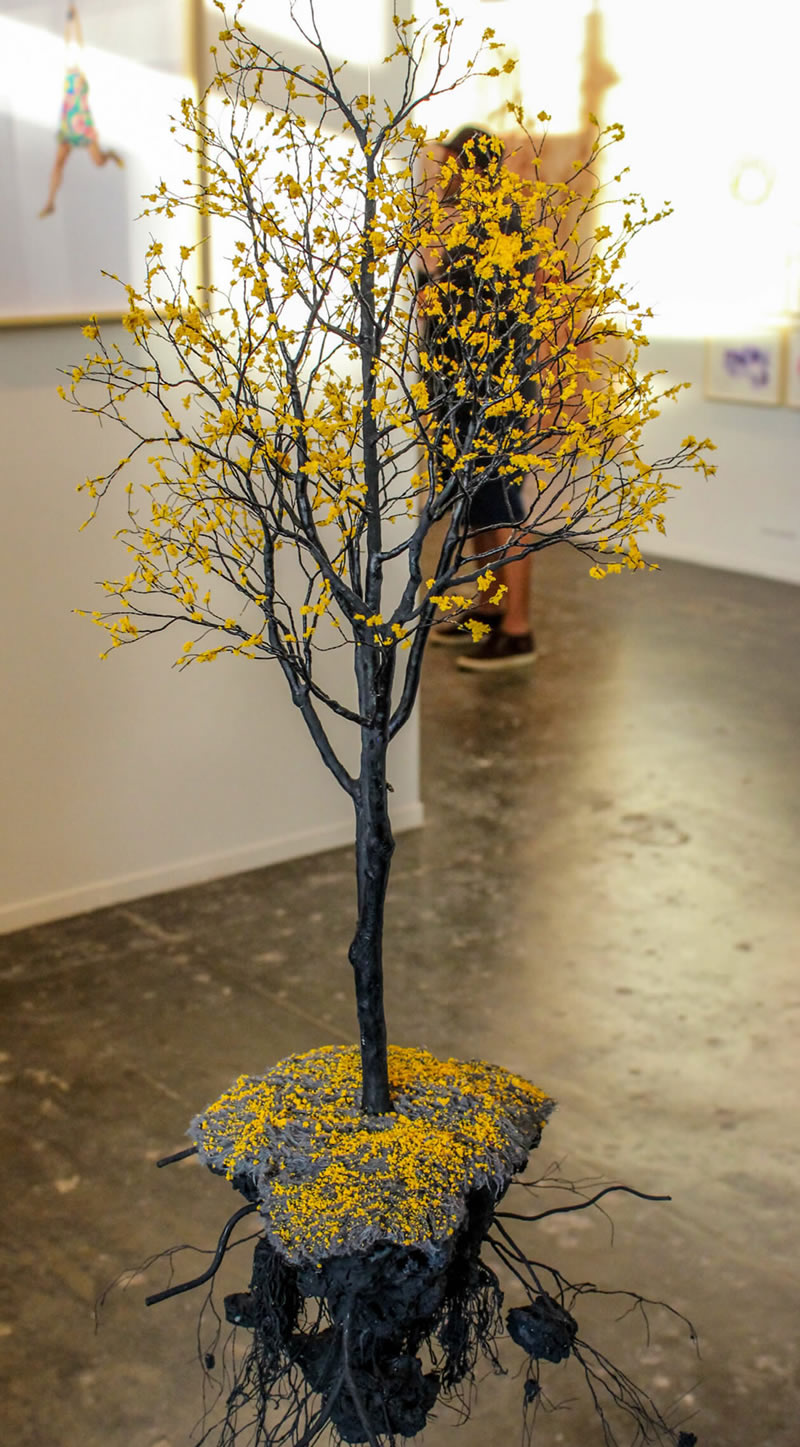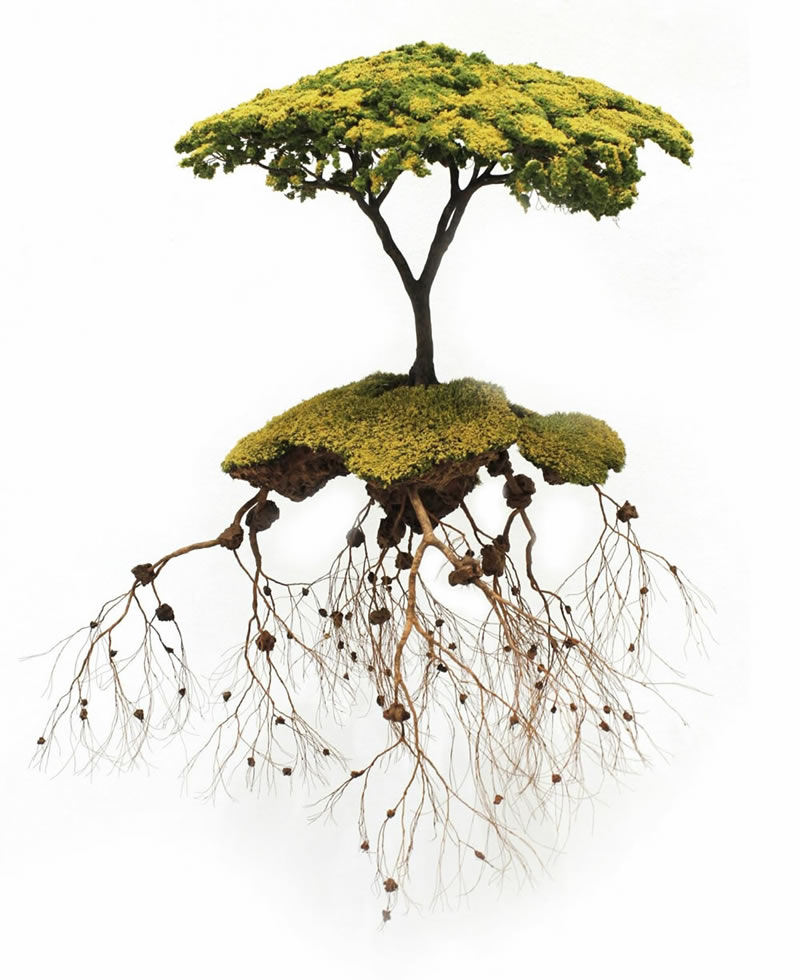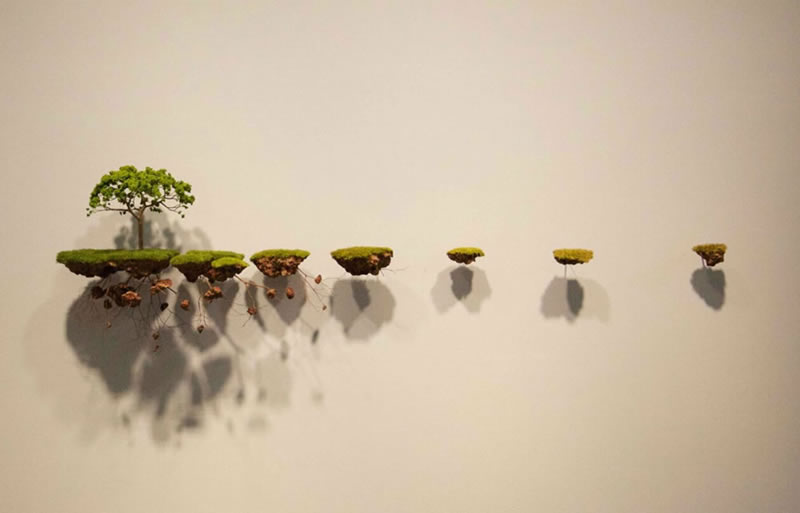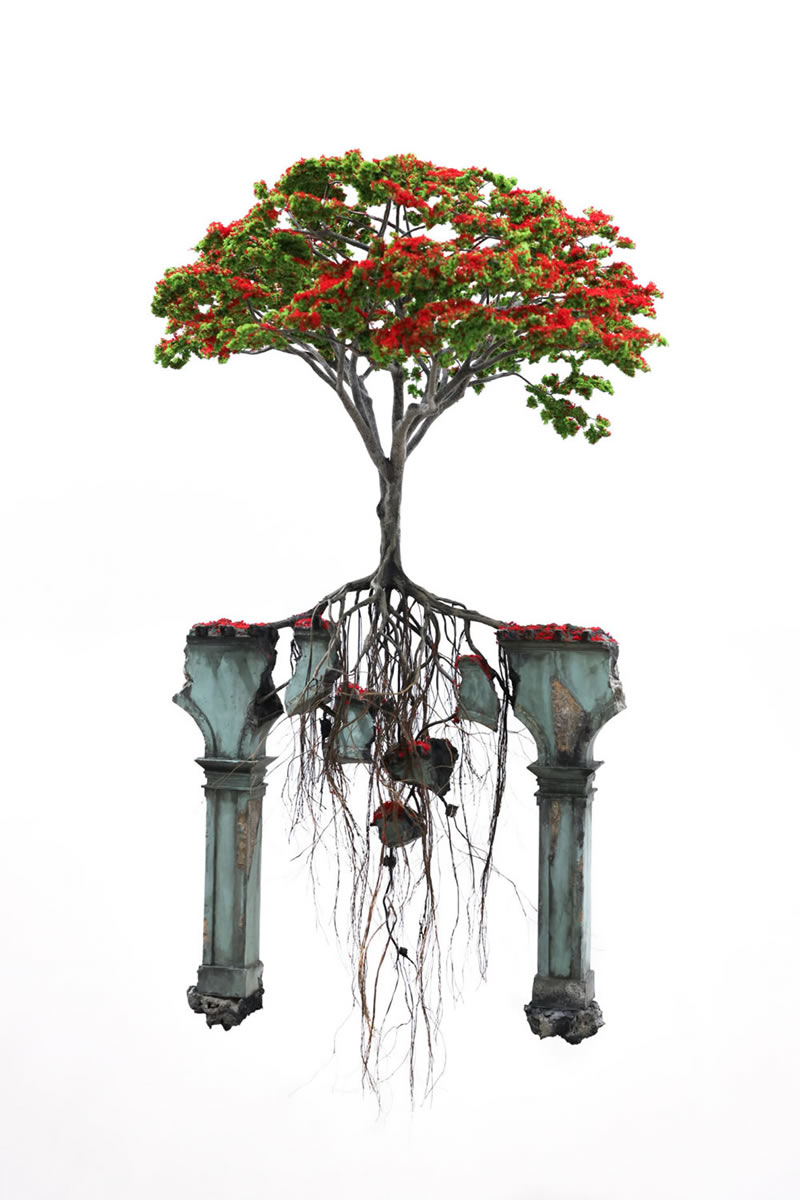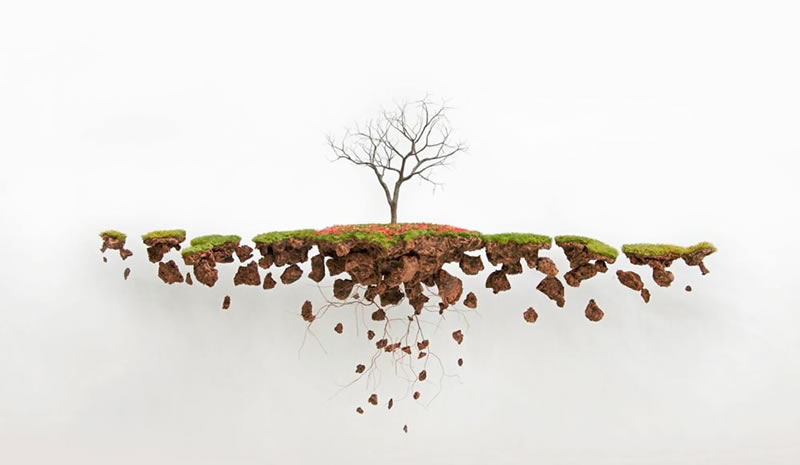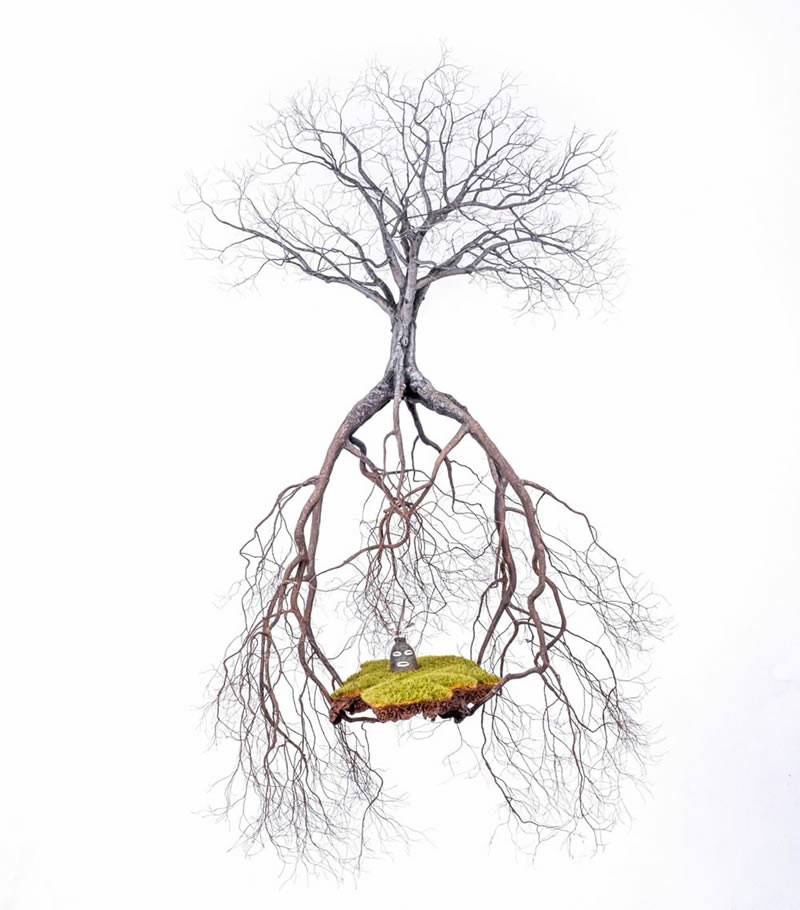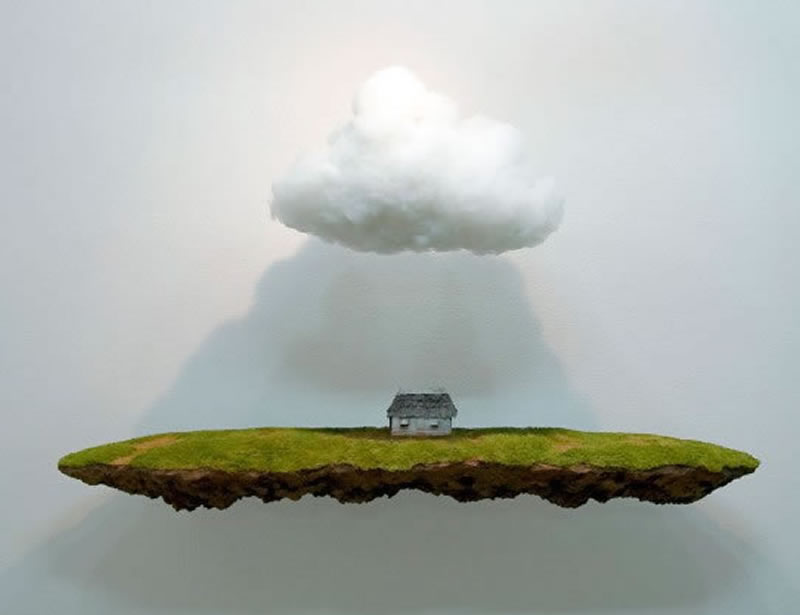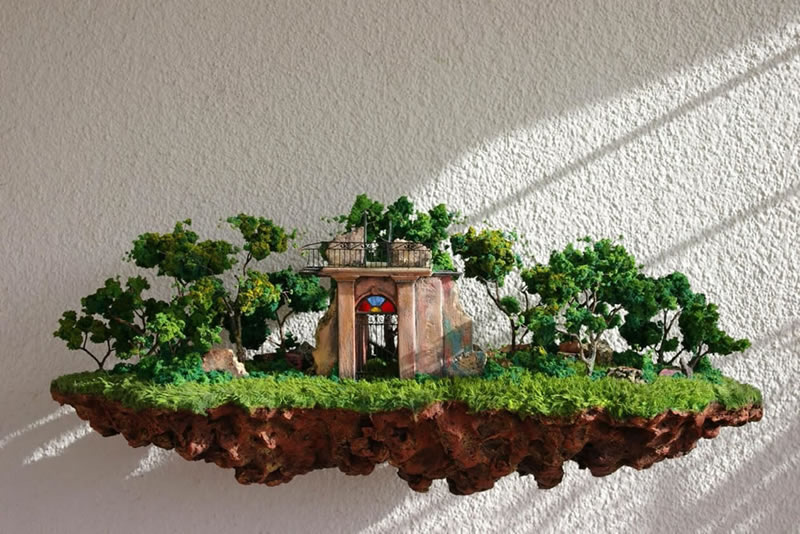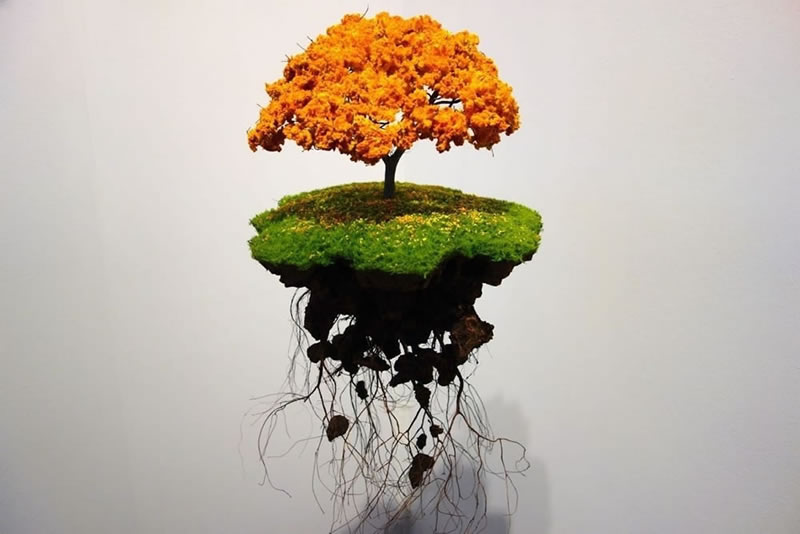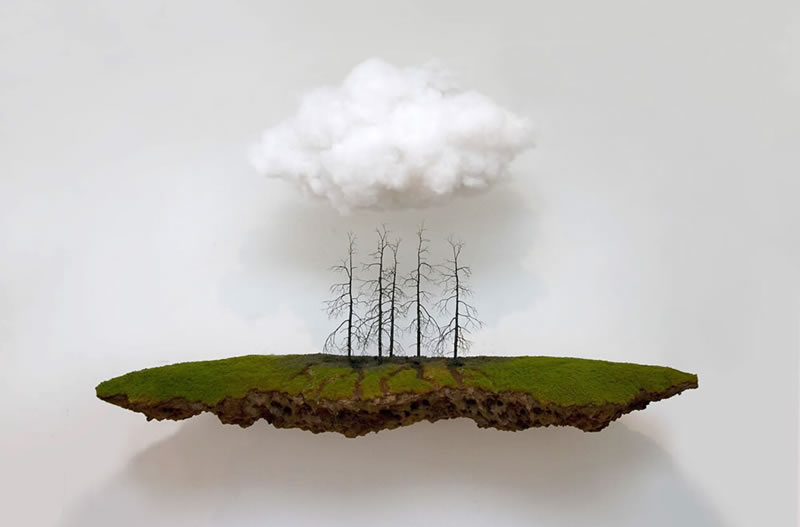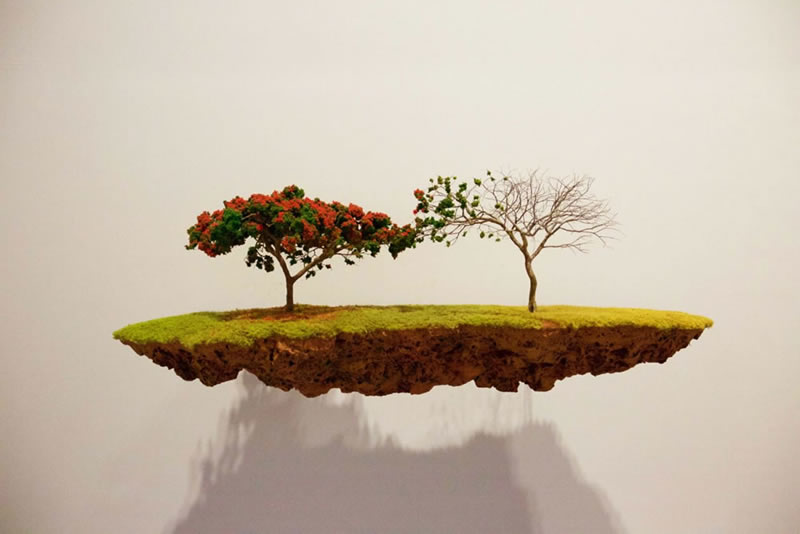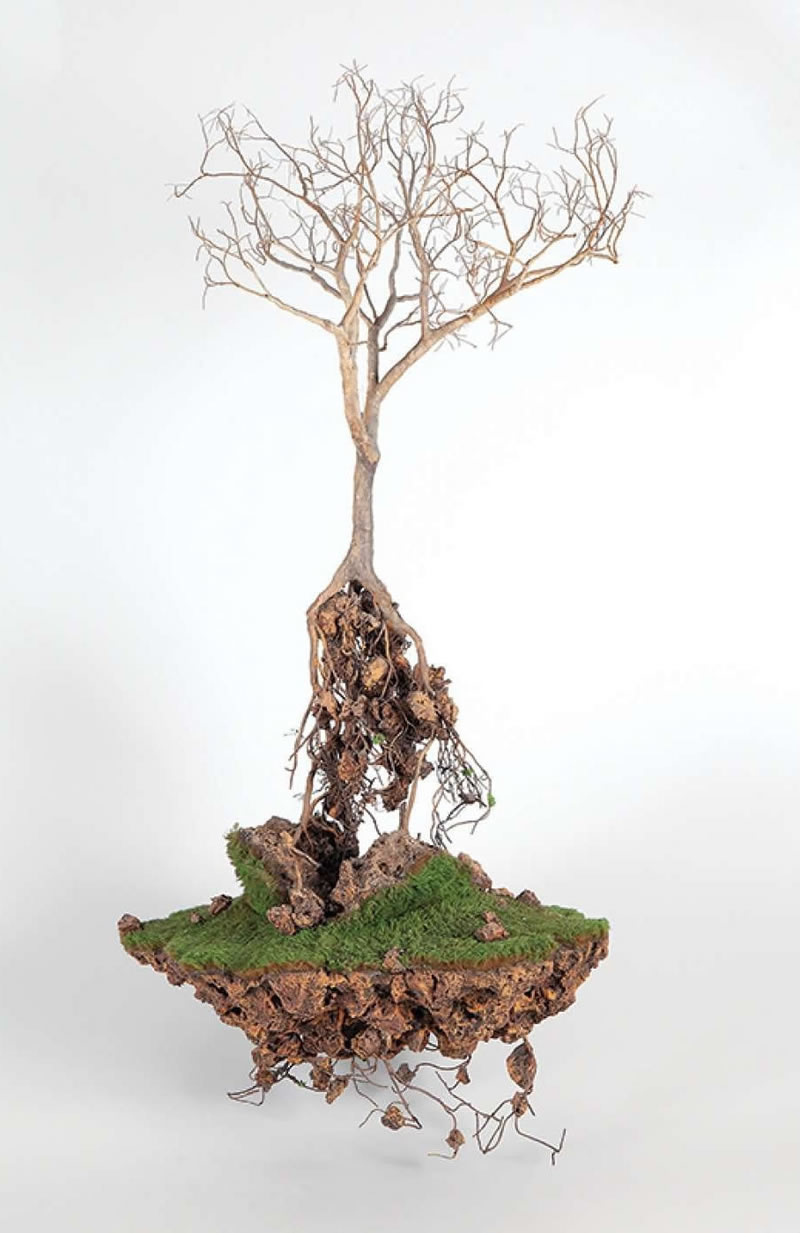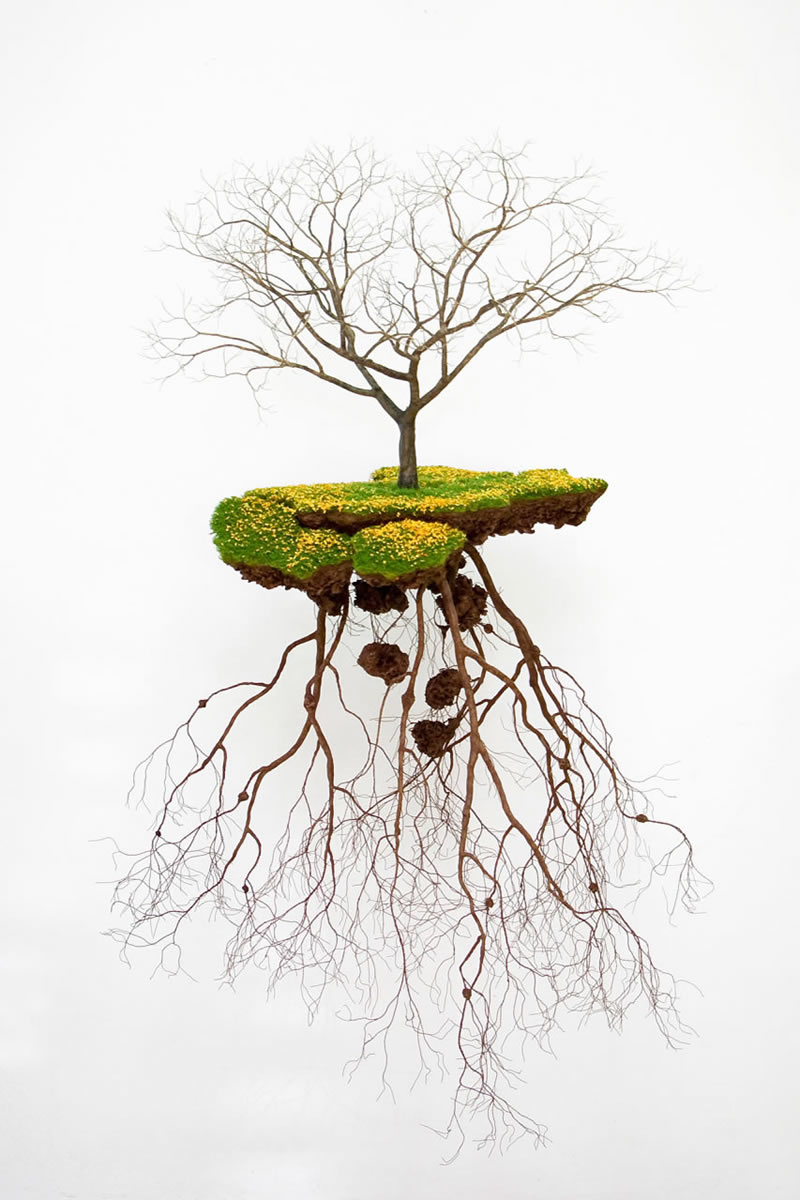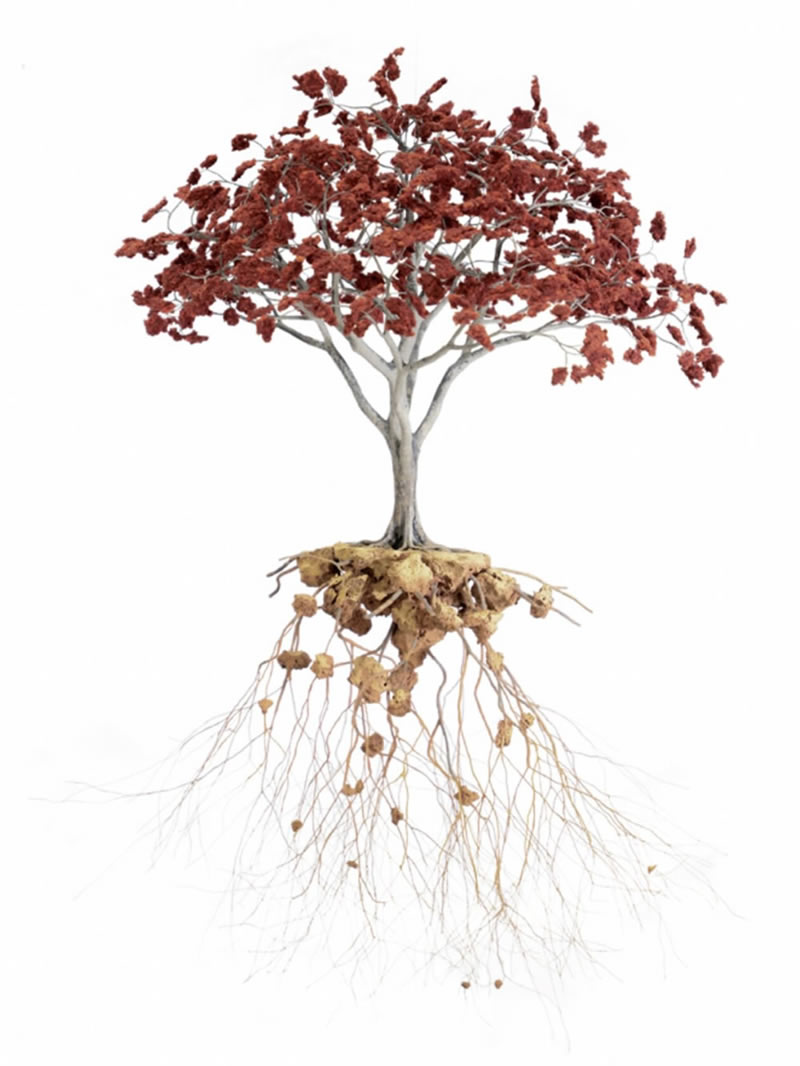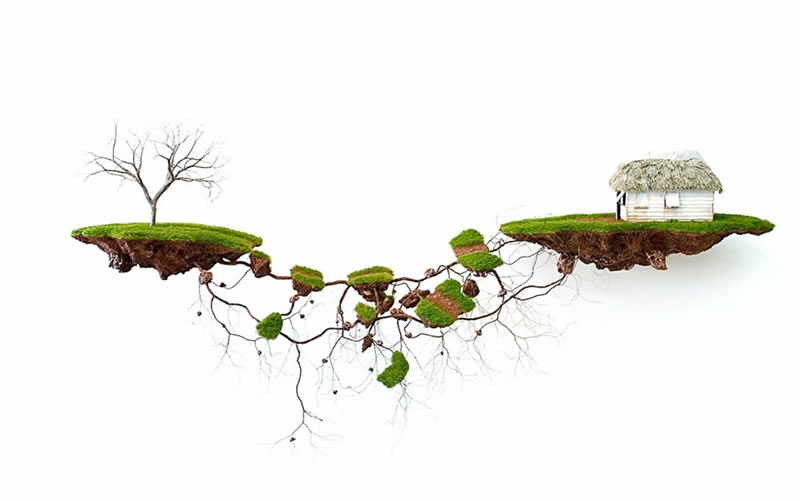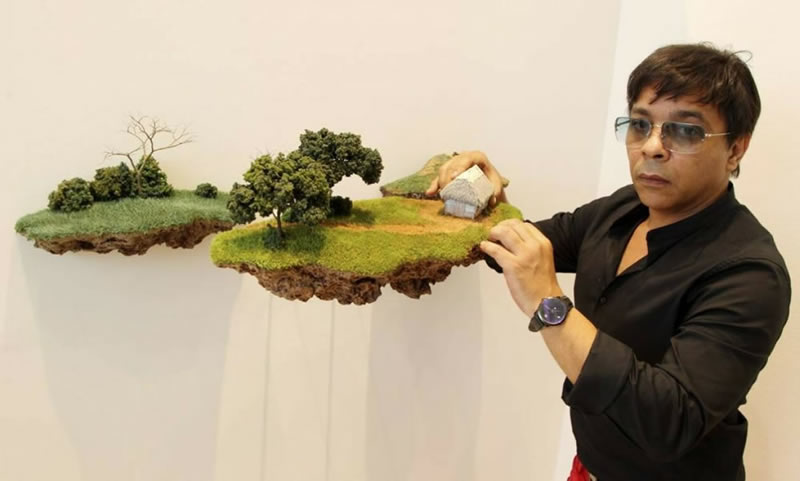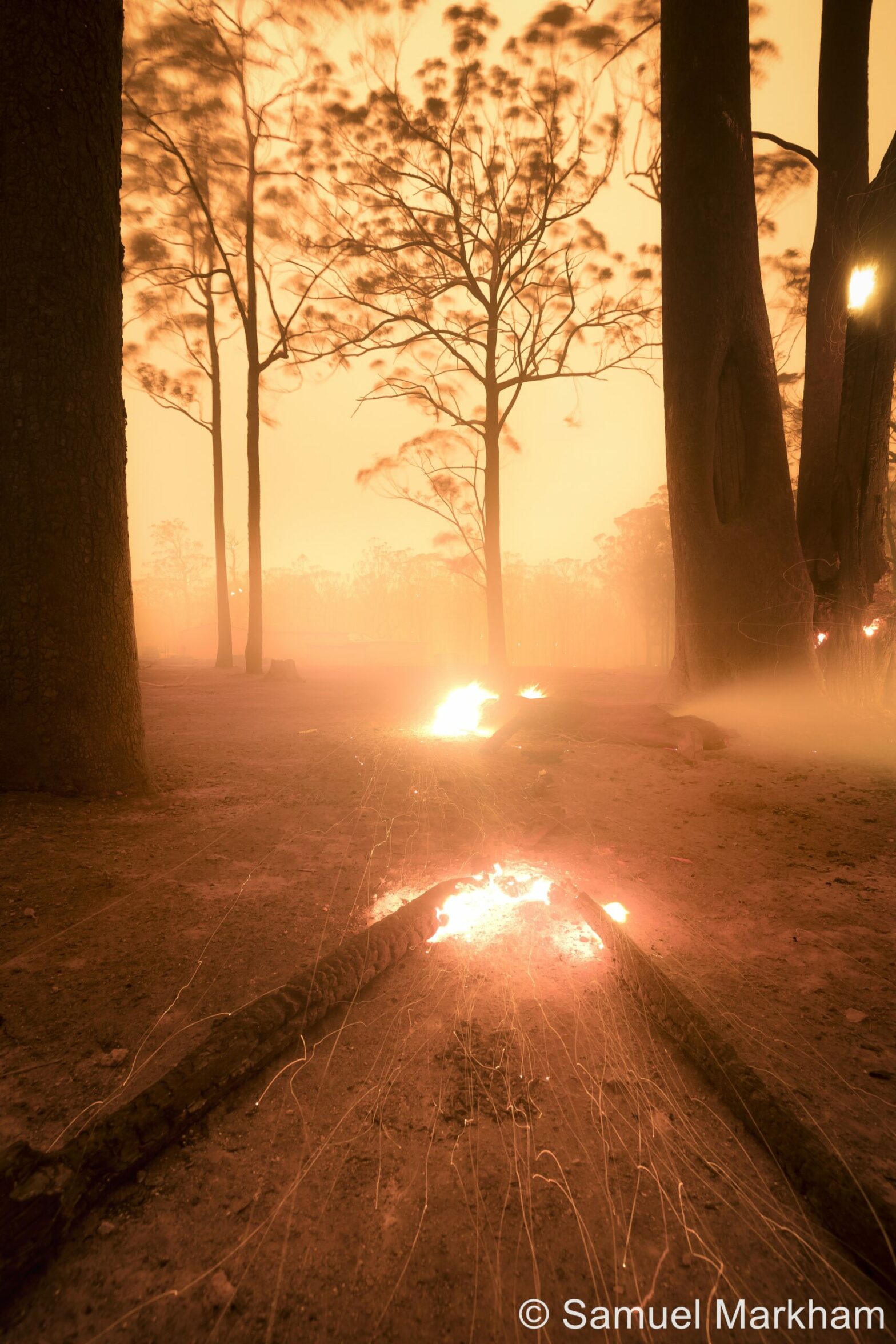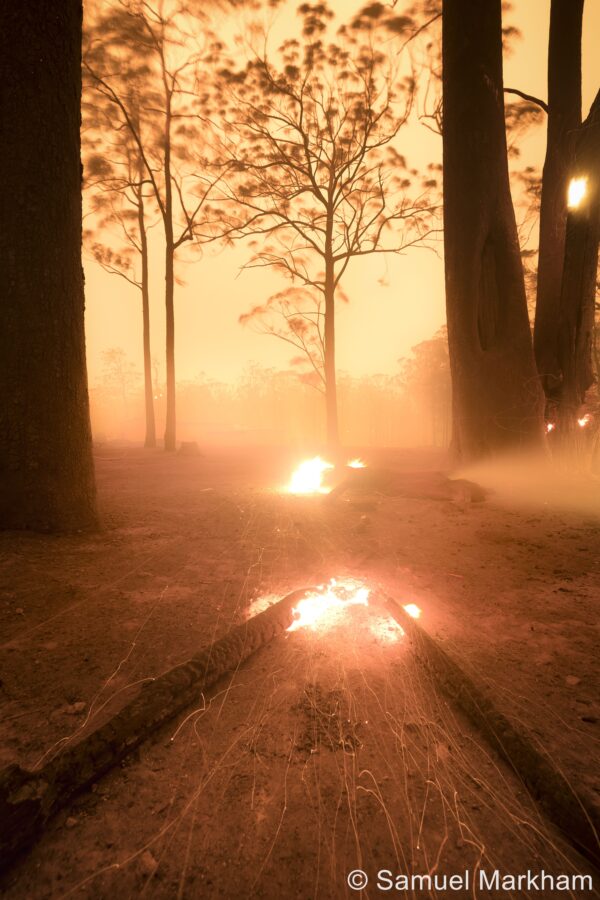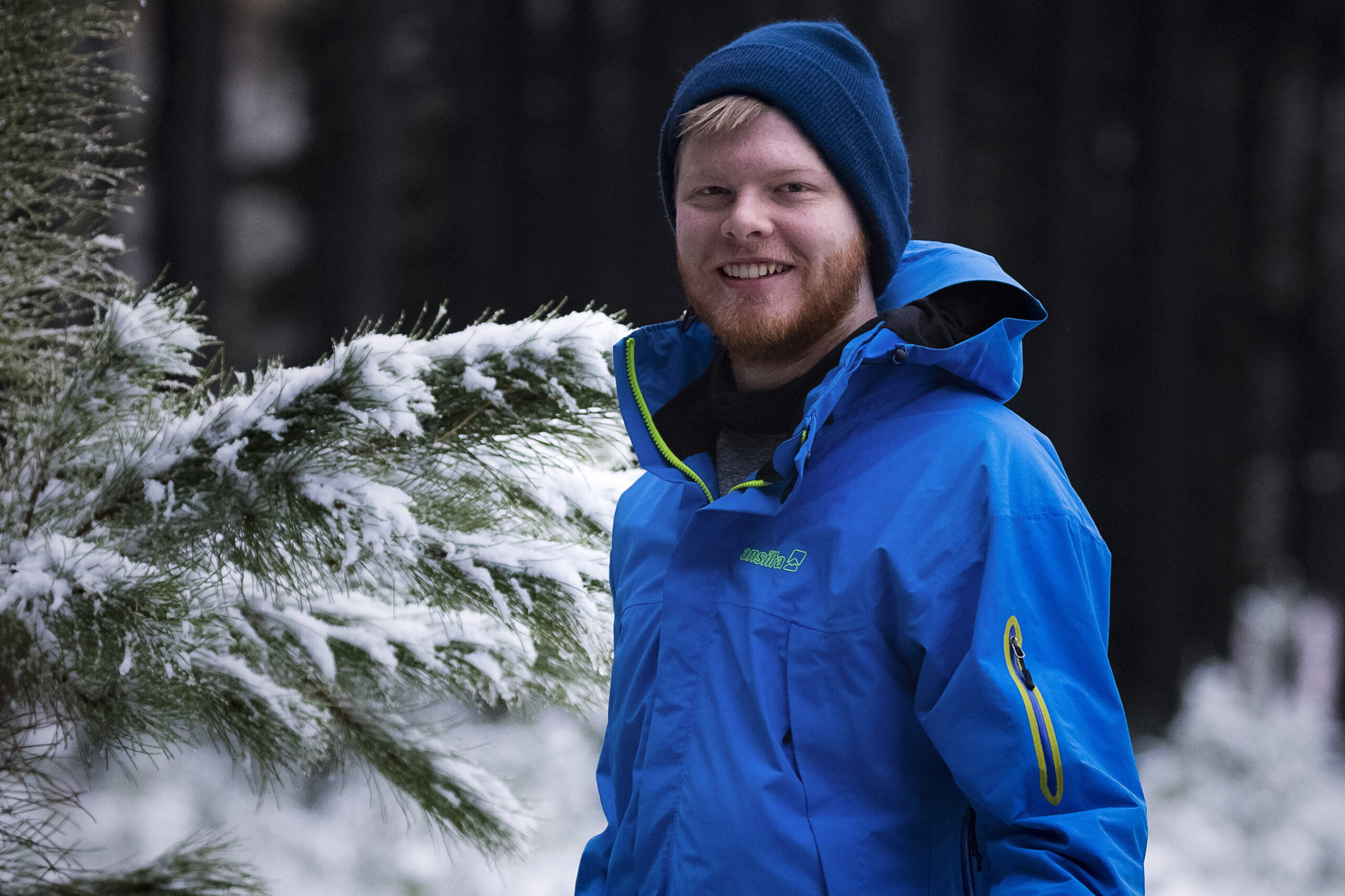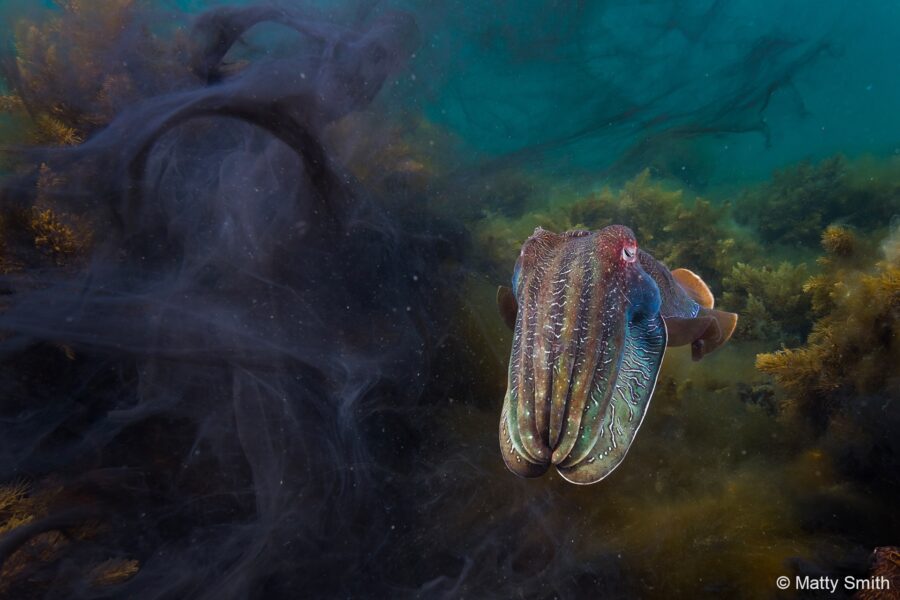[ad_1]

William and Nancy Knowles donated their land, including a log cabin and farmhouse, to St. Charles County Parks where it will become the county’s newest park called Spring Bend. Photographed on Friday, Sept. 1, 2023, the land is primarily an open prairie.
ST. CHARLES COUNTY — Birdwatchers, hikers and other nature lovers will have a new place to admire Missouri’s natural landscape when St. Charles County opens its newest park next year.
The 126-acre Spring Bend Park, located south of Highway 364 and west of the Missouri River, is slated to open in the spring. The county plans to invest $5 million into the property, including a newly approved $632,000 design contract with the St. Louis firm SWT Design.
Ryan Graham, the county’s parks and recreation director, said Spring Bend Park will allow residents to explore the property’s wooded areas, prairielands and natural landscape through walking and biking trails. It will also have an observation deck to spot deer, turkeys, foxes and birds that nest in nearby trees.
“You can almost throw a rock in any direction at this property and you are going to hit a subdivision. This is truly going to be an emerald in an otherwise concrete world,” Graham said.
People are also reading…
The trails will connect into the nearby Katy Trail and the Centennial Greenway, which will link Spring Bend Park to Heritage Park along Highway 94.
Construction on the trails is expected to begin this winter. Construction in future phases, focusing on a historic cabin and farmhouse on the property, is slated to begin in 2024 and be finished in 2025.
“We really can’t wait to get the public out there,” Graham said.

A log cabin used as a family retreat by William and Nancy Knowles and their family will be repurposed when St. Charles County Parks opens Spring Bend Park on land donated by the family. The property, primarily an open prairie, gets its new name based on a natural spring located on the land. It was photographed on Friday, Sept. 1, 2023. Photo by Robert Cohen, [email protected]
The property was donated to the county in 2007 by Nancy and William Knowles, but it was held in a trust until their passing. William, who won a Nobel Prize in 2001 for his work in researching drugs to treat Parkinson’s disease, died in 2012. Nancy died this spring.
“William and Nancy had such deep ties to the property, such a deep love for nature, that they wanted to make sure places like this existed well into the future,” said Graham.
He credited the family “for having the foresight to make this park a reality.”
“They could have easily sold this place like their neighbors did, but they didn’t. They stuck it out, and now we will have this great park to enjoy,” Graham said.
Nancy’s father, Edward Cherbonnier, purchased the property in the 1930s. Spring Bend earned its name from a natural spring on the site and its proximity to the Missouri River.
Cherbonnier worked in sales for Ralston-Purina, and his grandchildren say the property was his oasis from the bustle of city life, often taking his children and grandchildren with him.

A log cabin used as a family retreat by William and Nancy Knowles and their family will be repurposed when St. Charles County Parks opens Spring Bend Park on land donated by the family. The property, primarily an open prairie, gets its new name based on a natural spring located on the land. It was photographed on Friday, Sept. 1, 2023.
Two granddaughters, Lesley McIntire, 75, and Elizabeth Knowles, 65, fondly remember trips to Spring Bend — horseback riding through the woods, Thanksgiving dinners, finding arrowheads in freshly plowed fields, and being quizzed about wildflowers on the property.
“My grandfather was very much interested in natural history, so much so that he actually had the log cabin out there built in the style of a traditional Missouri log cabin,” McIntire said. “He was also fascinated with wildflowers, and he would collect specimens of Missouri wildflowers, transplanting them from all over the state along this trail into the woods. It was really an outstanding wildflower collection.”
Her grandfather’s favorite wildflower was the birdfoot violet, while her mother cherished the shooting star and wild irises that grew on the property.
McIntire and her sister, Knowles, say they are grateful the county is honoring their parents’ vision, including preserving the farmhouse that dates to the 1830s. The county has charged SWT Design with generating ideas for how the farmhouse and cabin can “be reused.”
The sisters say they plan to be at the planned ribbon-cutting for the new park in 2024.
“It will be totally joyful,” Knowles said. “I think that’s really the legacy they wanted to leave, that all the beauty and pleasure they got from the land is going to be passed on and enjoyed by future generations.”
Video: St. Louis Post-Dispatch highlights of 2022
[ad_2]
